The National Archives Seminar
Photography by Raj Gedhu
If you had told me two years ago, when I started researching Indian Military history, that one day I would be holding a seminar at The National Archives I would have laughed! Well it happened, Believe in Me CIC collaborated with The National Archives to hold our final Journey from Home seminar of the year. Joining me as guest speakers were Paula Kitching (Jews in First World War), Amandeep Madra OBE (United Kingdom Punjab Heritage Association) and Amit & Naroop (Turbans and Tales).
We displayed our exhibition at the event and spoke about the South Asian contribution past to present. We had a great mix of audiences - from Armed Forces representatives, academics, history experts and community members, all wanting to learn more about stories of these Servicemen. The seminar was to highlight histories and stories that we all have been researching over the years and what we have learnt.
While working on the project as a historian and writer, Paula Kitching spoke about the treatment and injuries these men had endured. The conflict and reality of war was a shock to many of these men as they were not used to being in these conditions. In their letters, some men prayed to go home uninjured and see their families. It’s easy to forget that the Indian Army was multi-lingual and came from diverse religious backgrounds and recruited mainly from North India, the Punjab district.
When they were at Brighton Pavilion Hospital, Indian injured soldiers were not allowed to be cared for by English nurses. Although there are images showing the Indian troops on the grounds of the hospital, they were kept within boundaries and often treated like prisoners. Not everything we see on the images are true - the British did not want the reality of the war to be told and so propaganda was better. The conditions that they faced and treatment that they endured was not the best and many had joined for the benefits of money and being classed a ‘warrior’. It is hard today to trace some of the Indian troops as documents have been destroyed and partition (August 1947) have meant that villages have been destroyed. Our project has allowed communities to listen to stories of men that did not win medals and their stories did not make the media.
Amandeep Madra OBE discussed how his various projects have used archive material to share so that London communities to learn more. Amandeep and his team have been working on projects on Sikh and Punjabi Heritage before the Centenary of First World War. For over 20 years they have been researching materials that can help educate those that want to know more, with their project Empire, War and Faith (2014) - detailing the history of the contribution made by Indian Troops during First World War. Amandeep spoke how UKPHA are currently creating an interactive soldier map, where it displays records of Sikh Soldiers that fought in First World War. This interactive map allows you to search for villages in India and this would allow the audience to connect to their past. Their projects have also collected information and histories from those that had fought in the war and ensuring that these stories do not get lost, preserving our histories for the younger generation to learn from. With many young people not visiting India this project has made it easier to research and understand where these men we speak about came from in India.
Amit and Naroop presented their project Turbans and Tales - it started back in 2013 when the duo were seeing a lot of men wearing turbans young and old. They photographed thirty-four UK Sikhs and when the project launched in America they photographed thirty six US Sikhs - the project was called The Singh Project. The project told the story of the significance of the turban and the history from Indian Troops to the current day, all through photographs . When they were asked to come to America, many did not know the difference between a Muslim and a Sikh, so after 9/11 their views of the turban needed to be addressed. This project has been touring America to raise awareness. Growing up it was rare to see men in turbans in the media or in magazines and now we live in a world where men and women are embracing their culture and traditions. Their project has now been created into a top selling book. They had their book launch at National Army Museum on the 24th January 2019.
The seminar was great as it allowed the audience to ask questions and speak to the curators of these projects. Many of the questions and comments showed that more needs to be done to highlight the contribution and the stories behind these men.
(Thanks to Iqbal who has supported me right from my first project in making my dreams come true.)




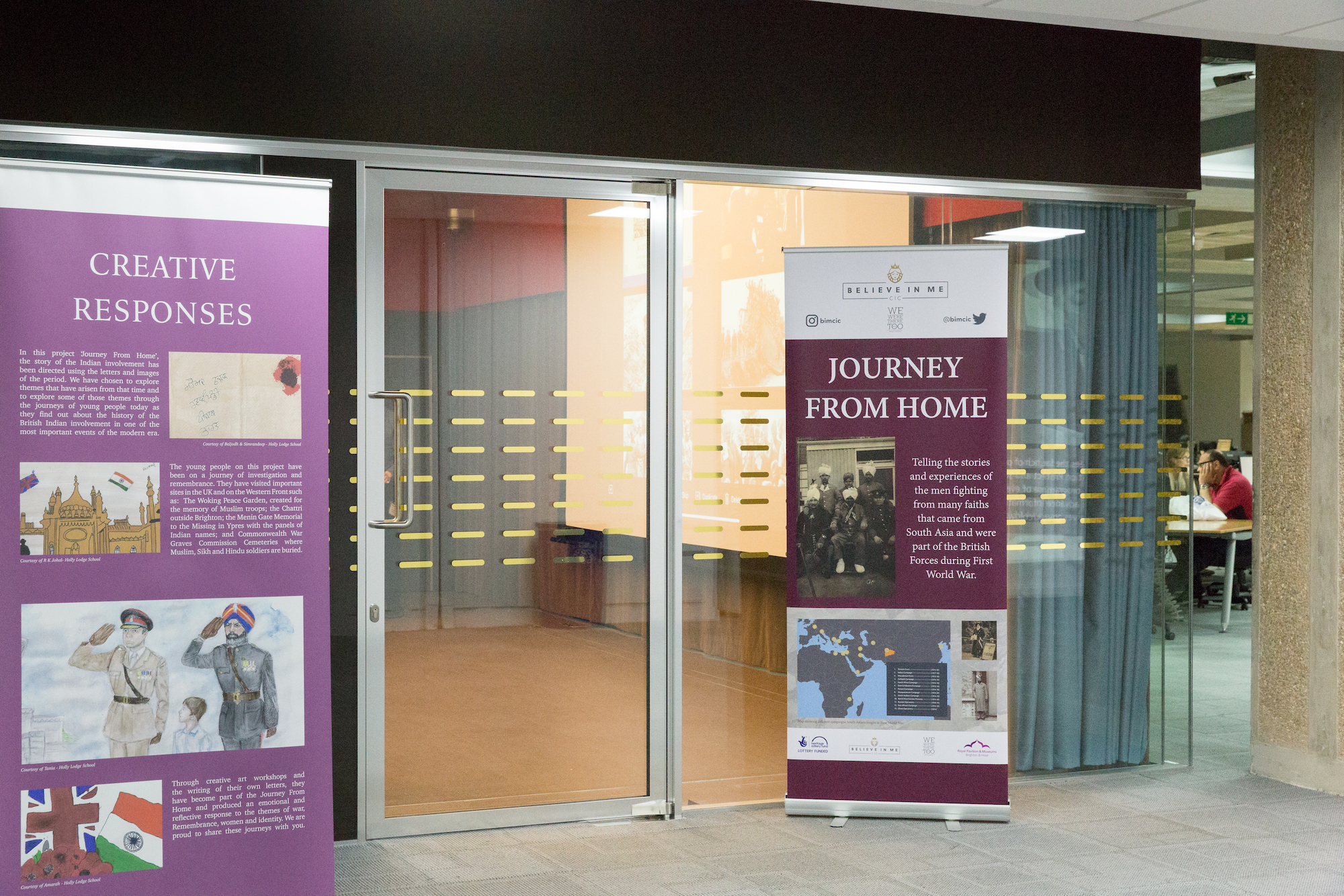
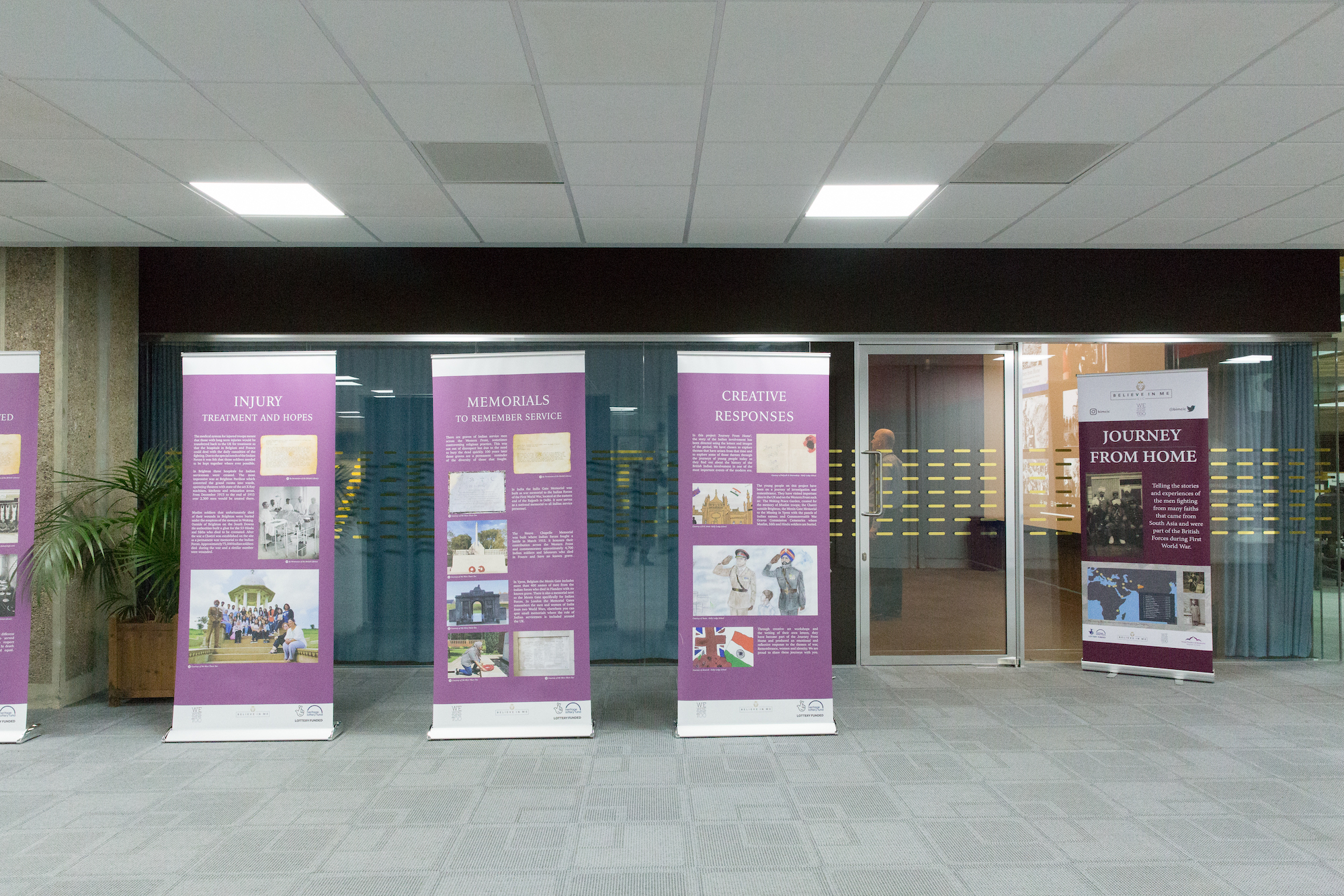
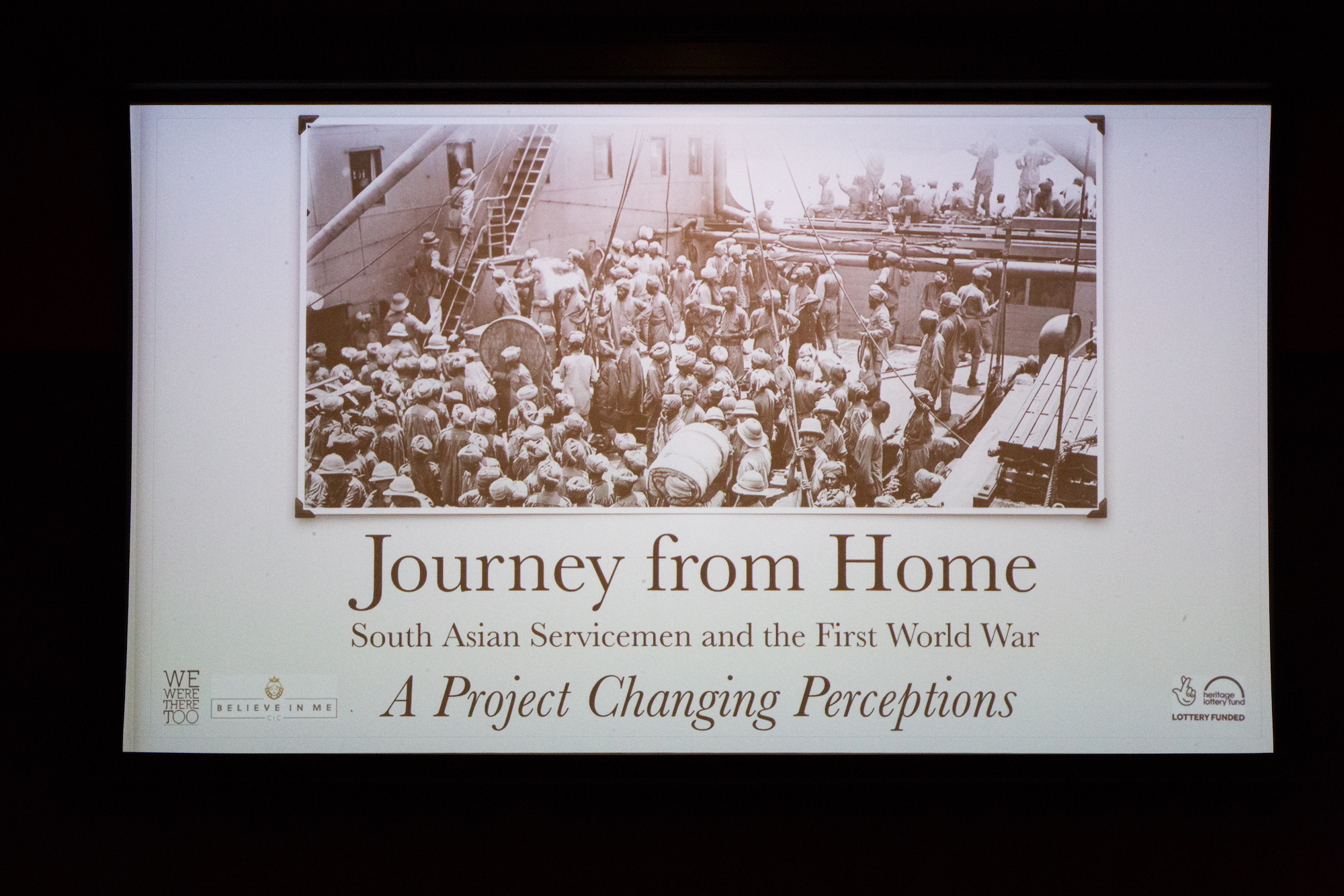
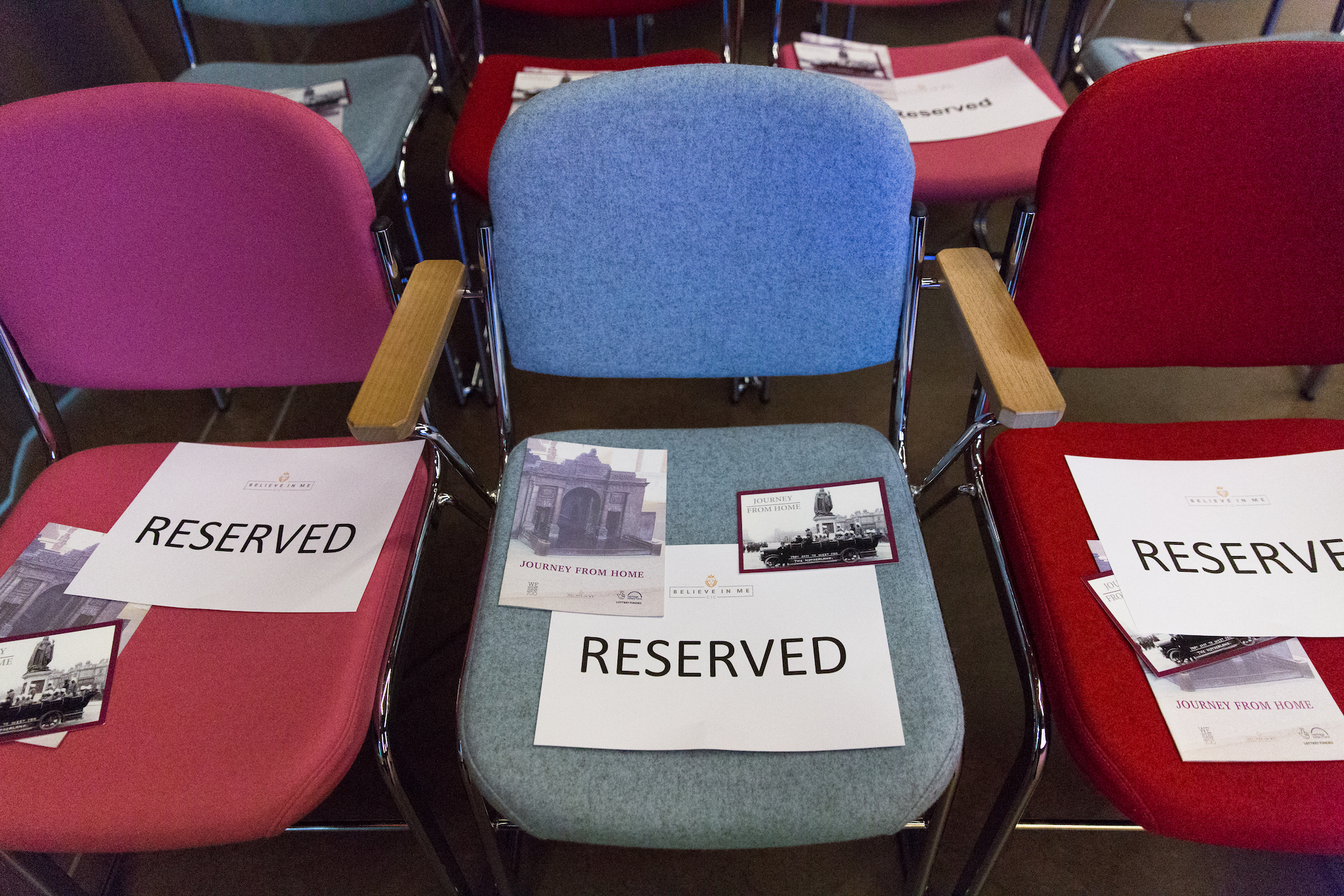
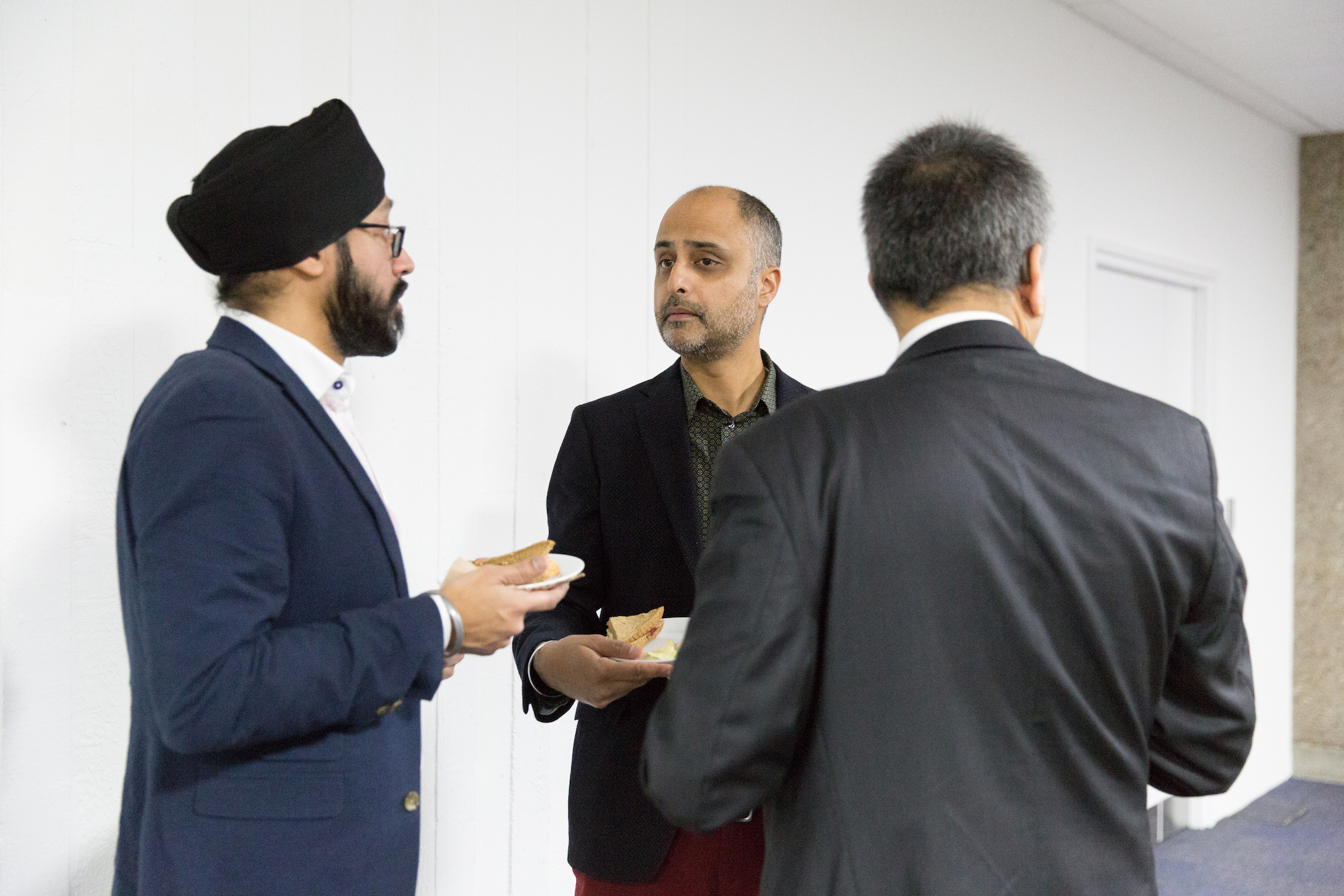
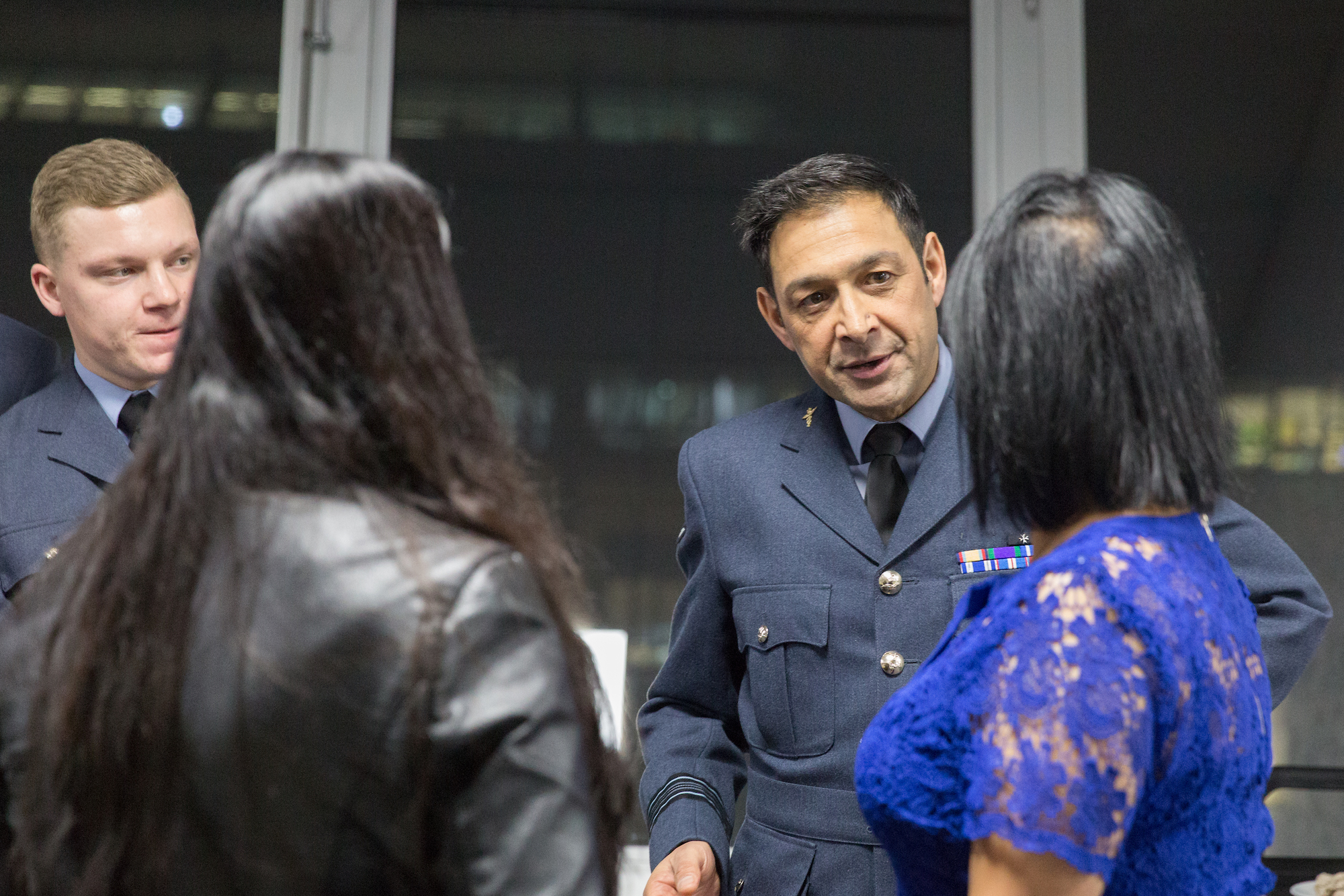
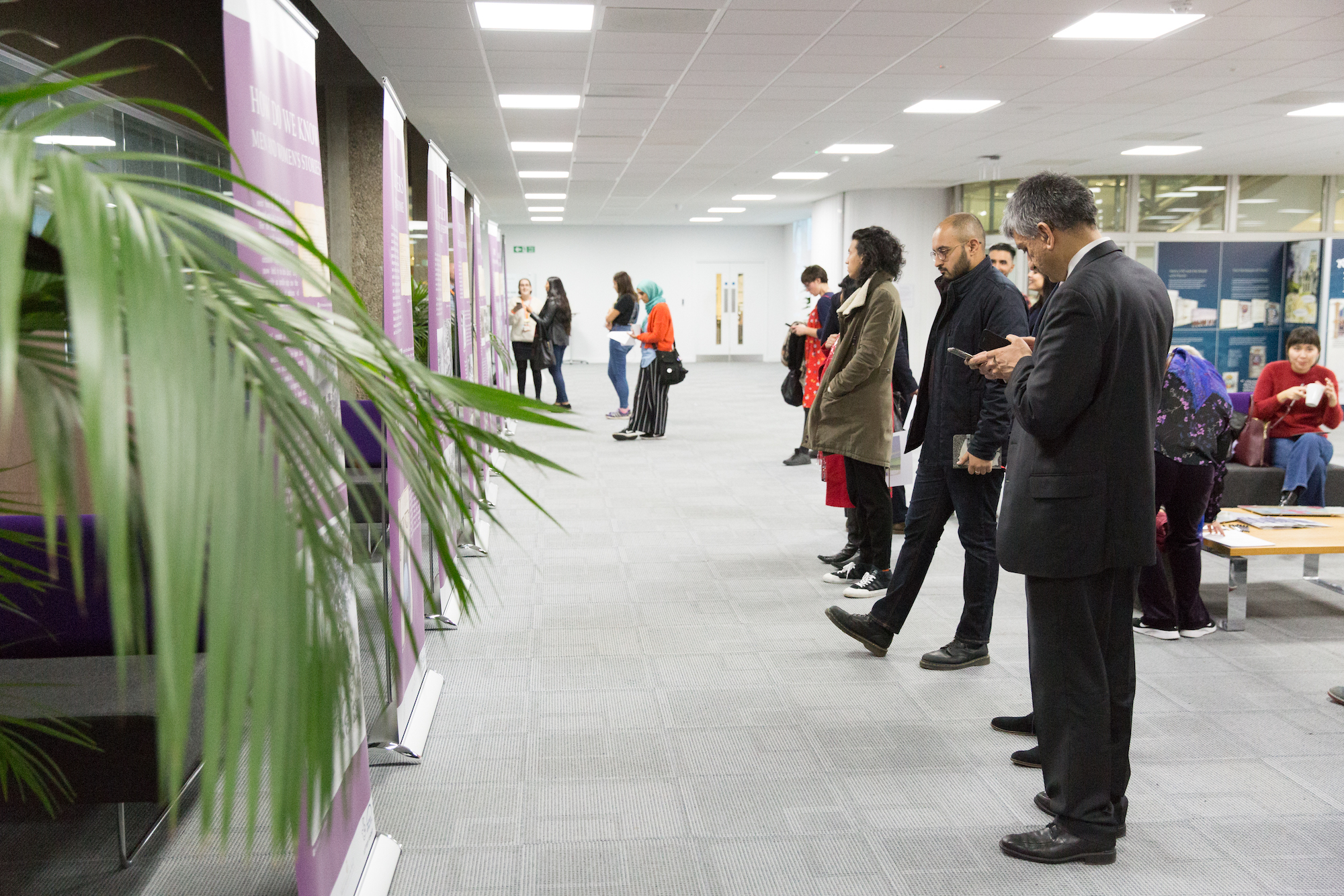

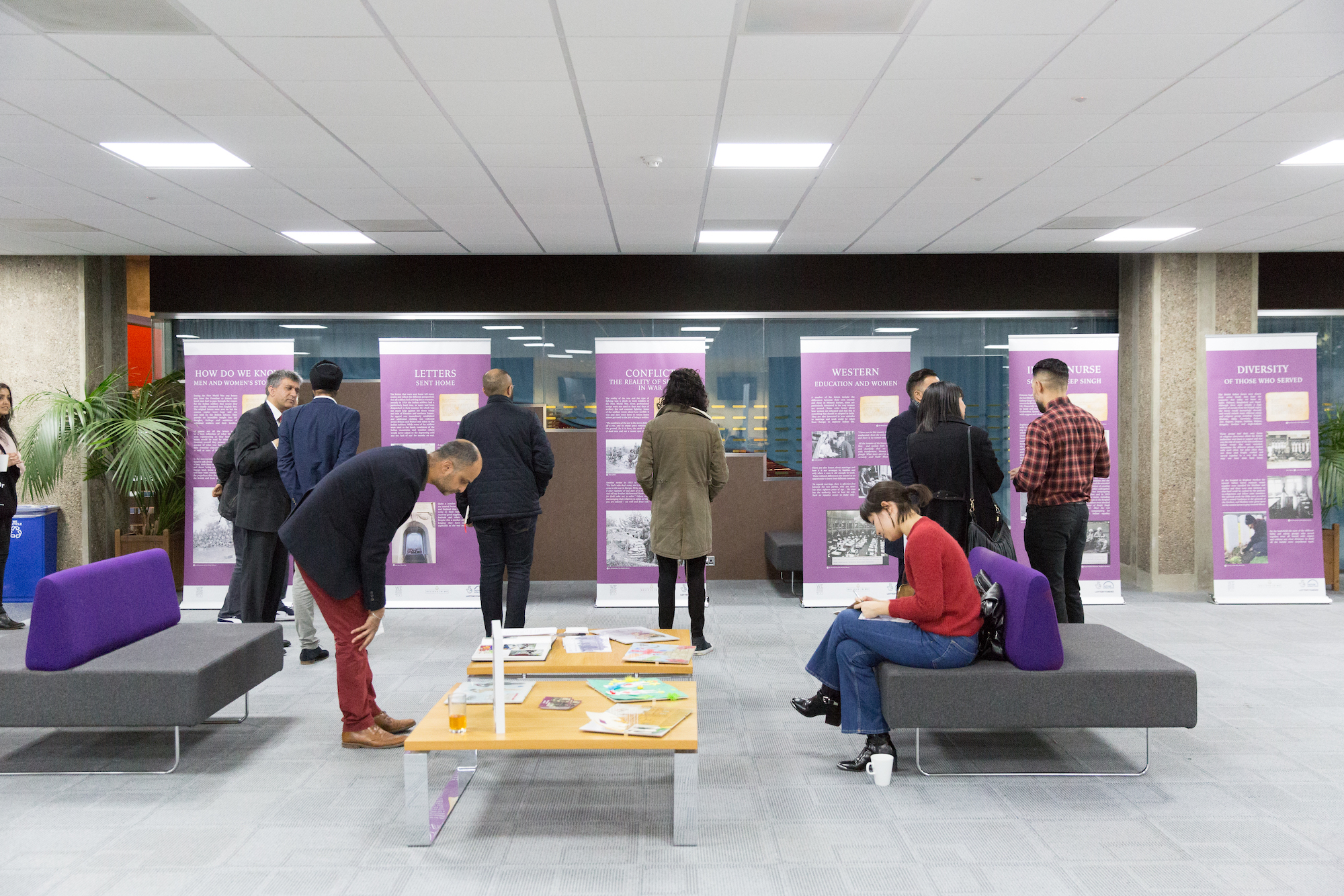
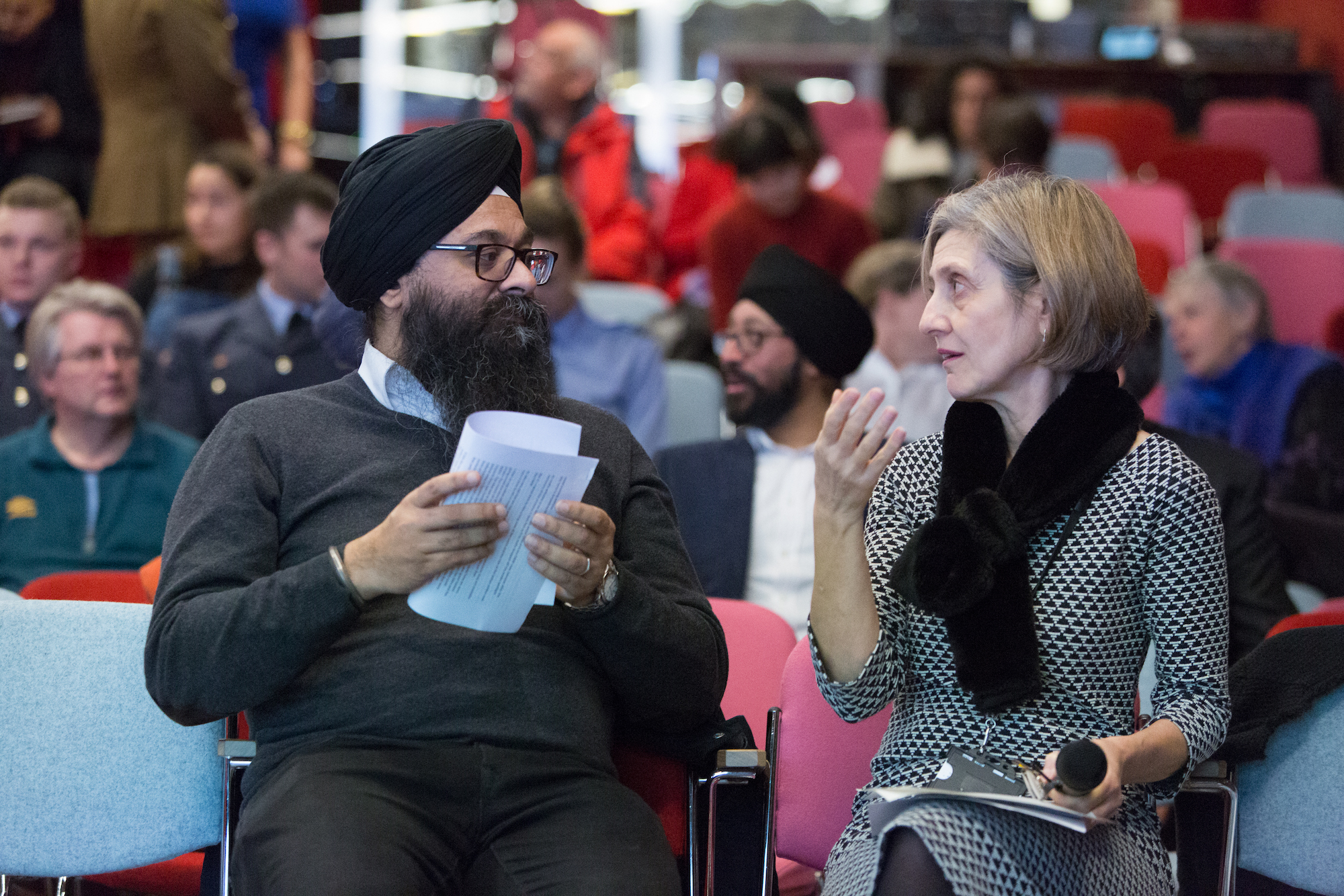
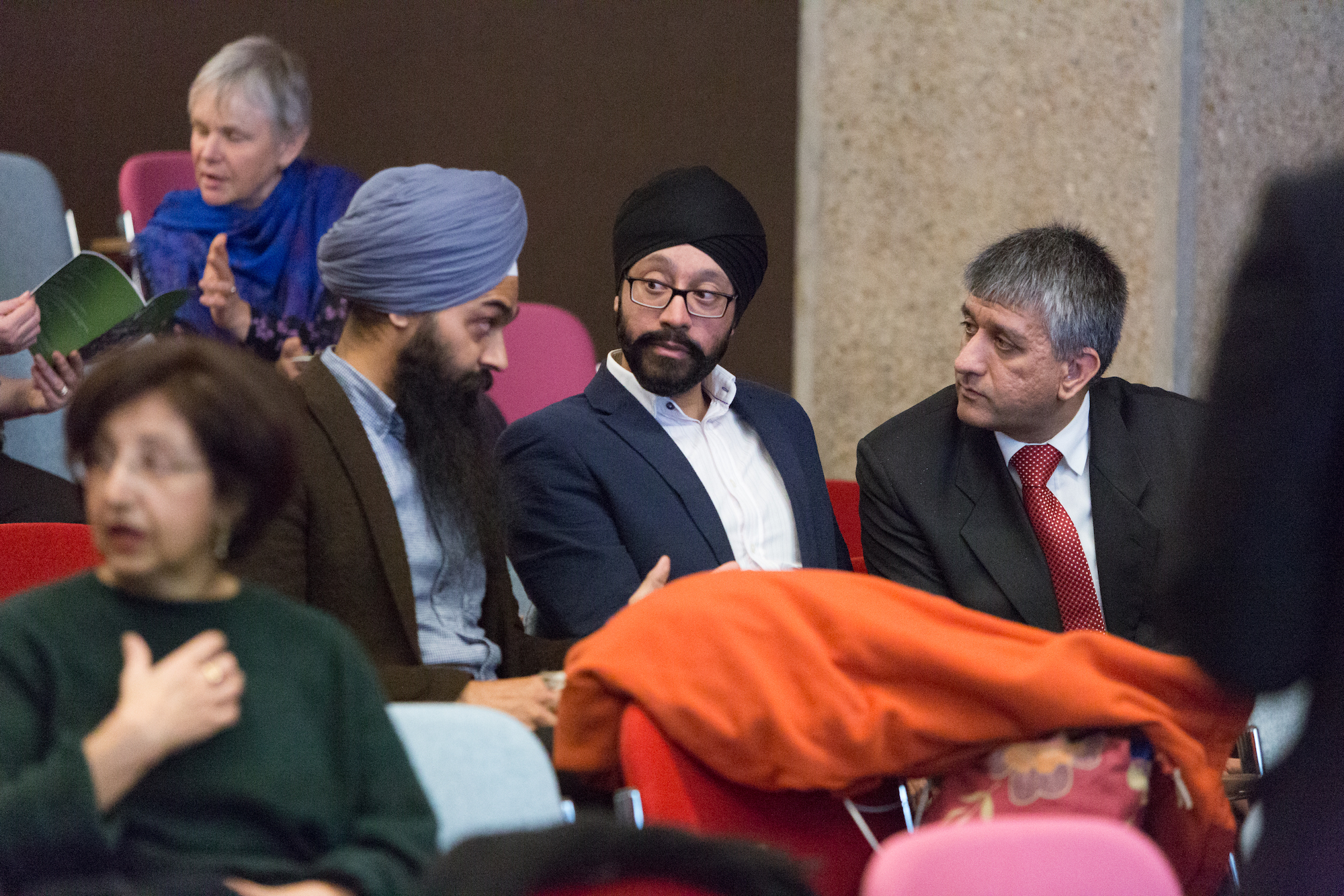
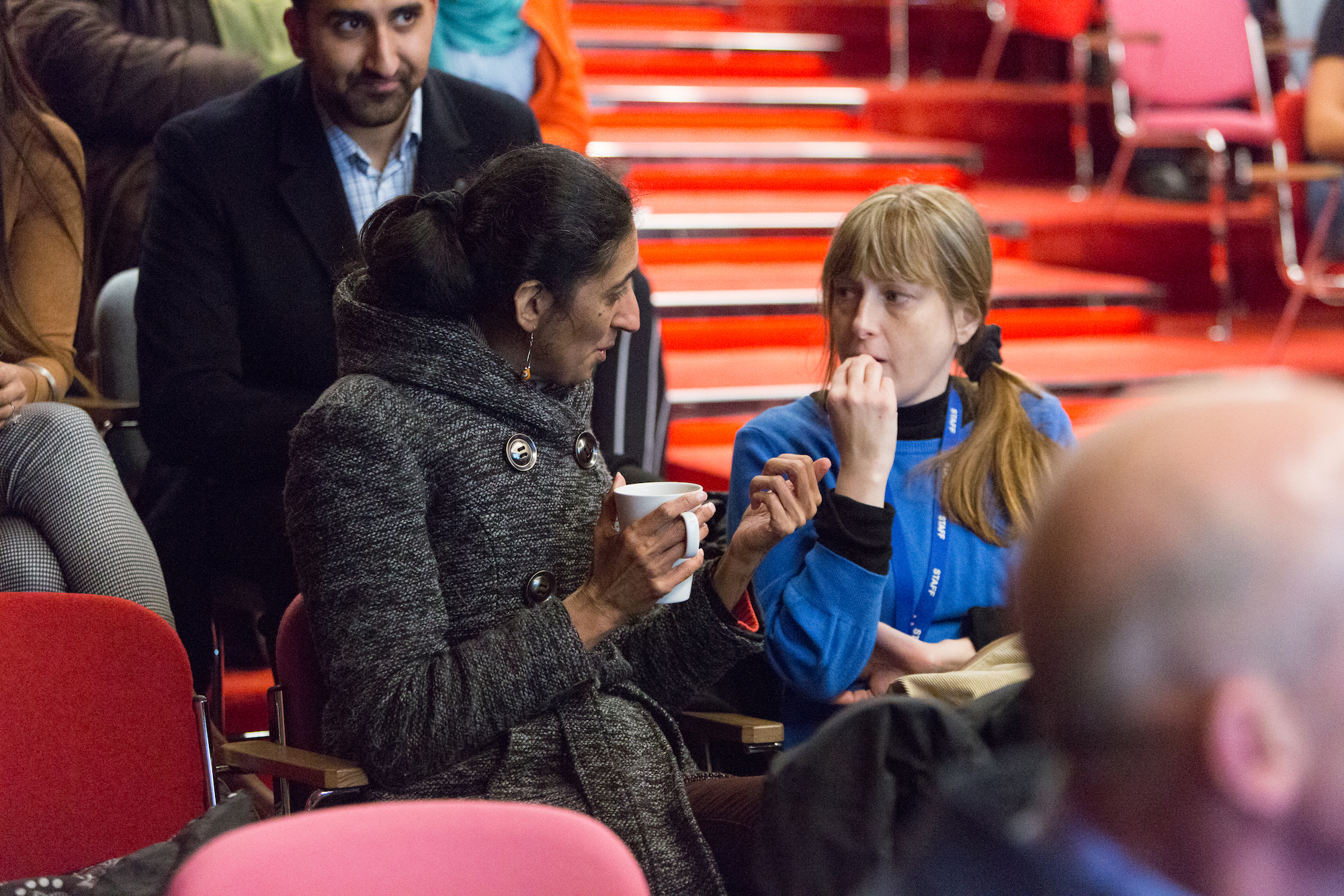
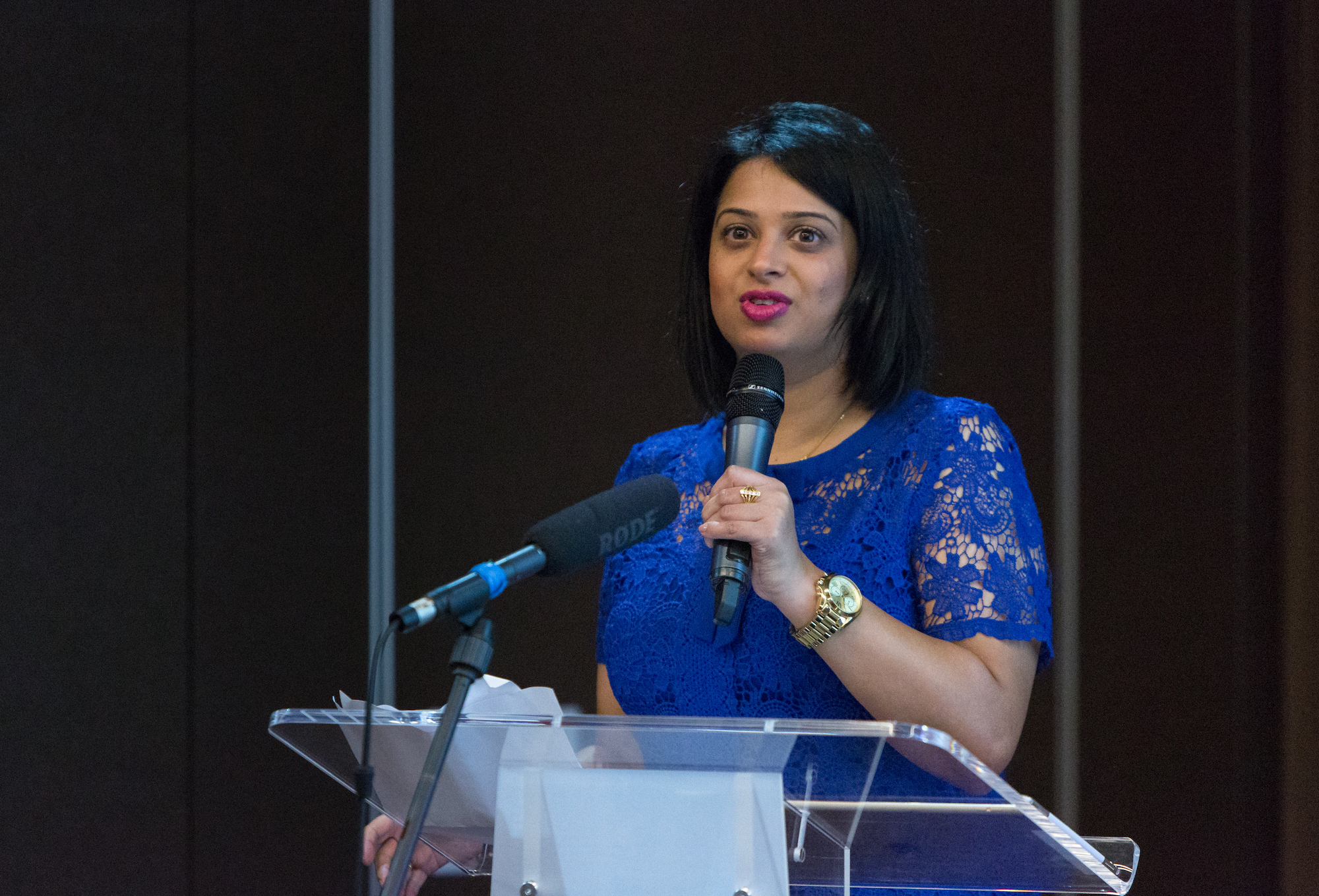
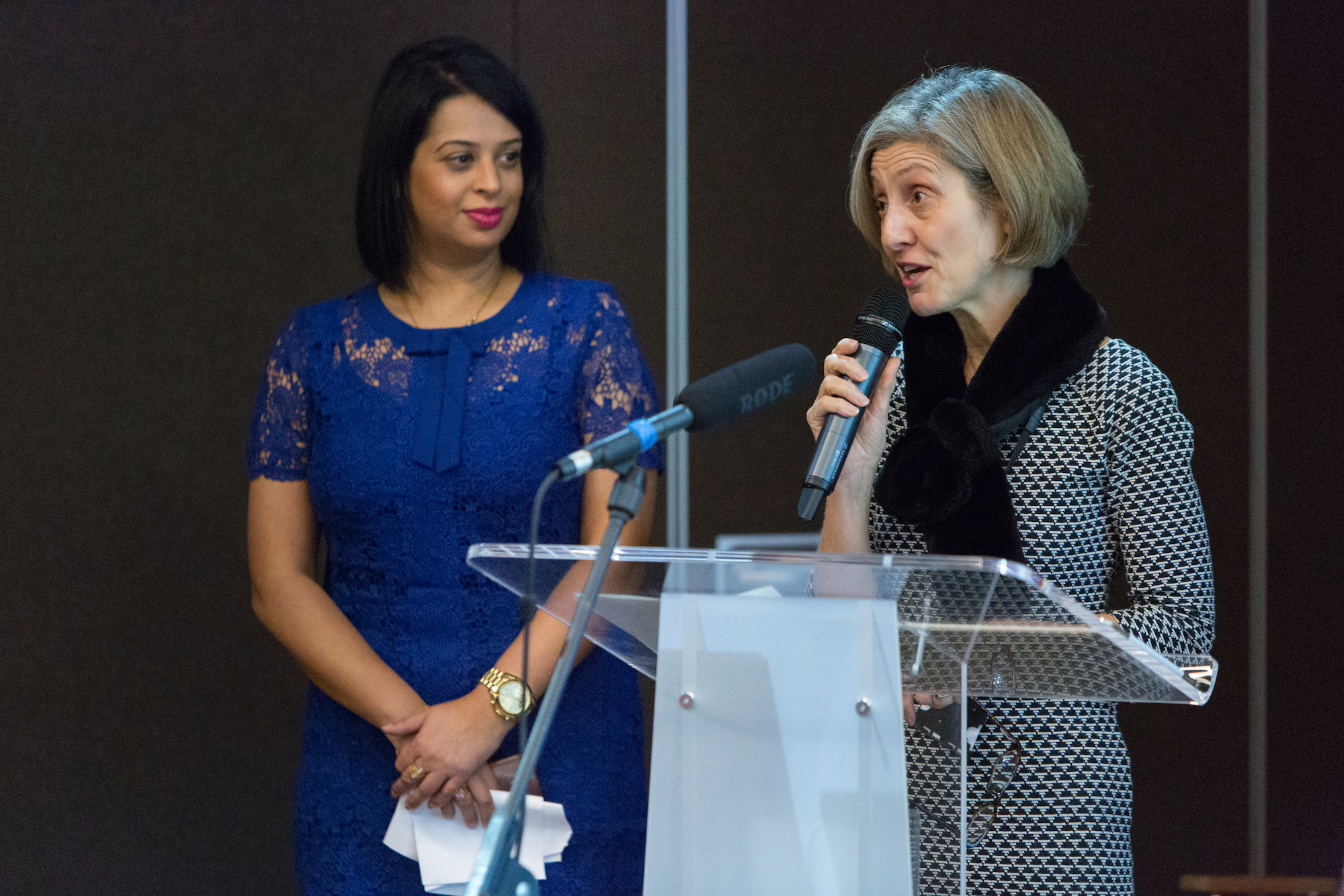

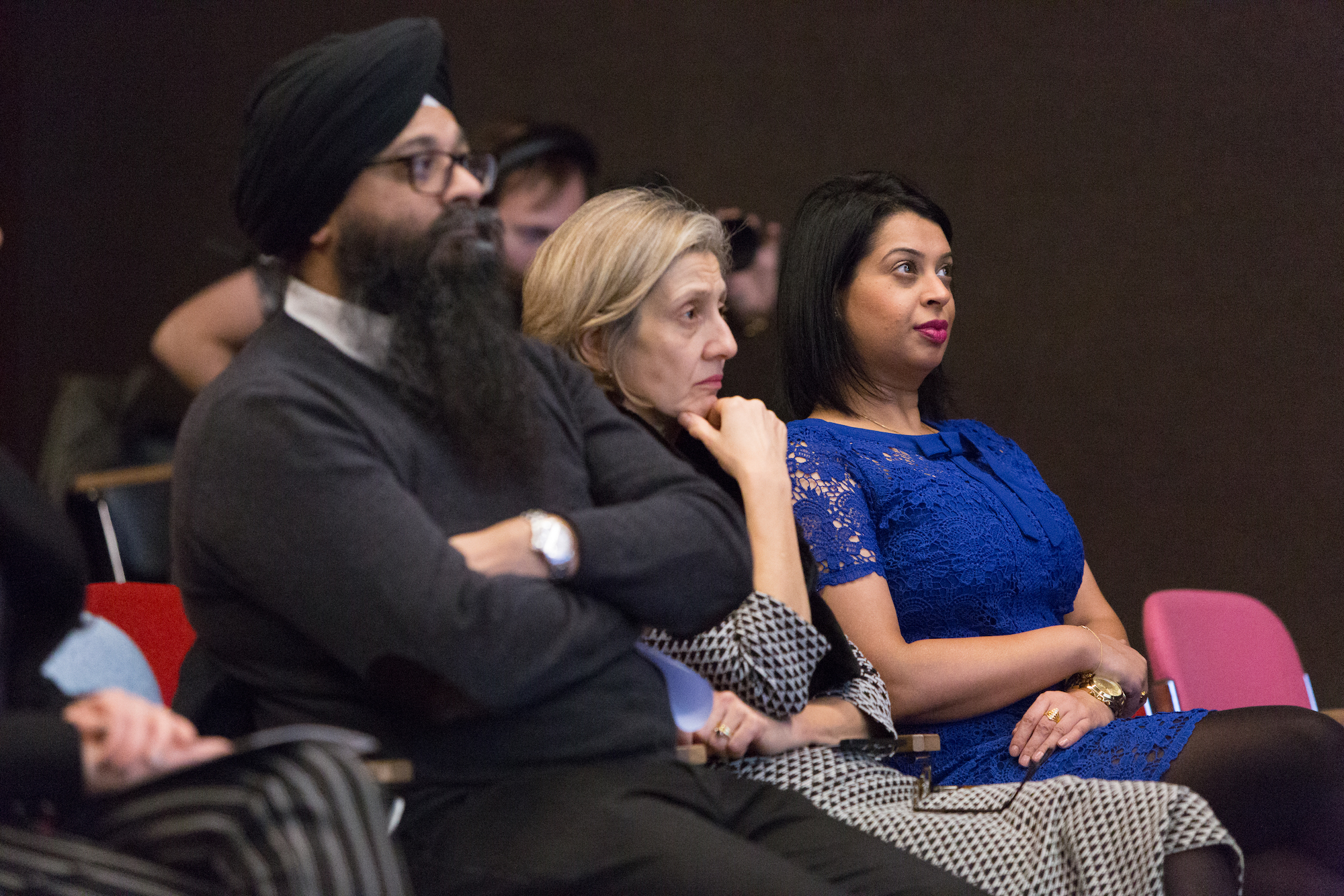
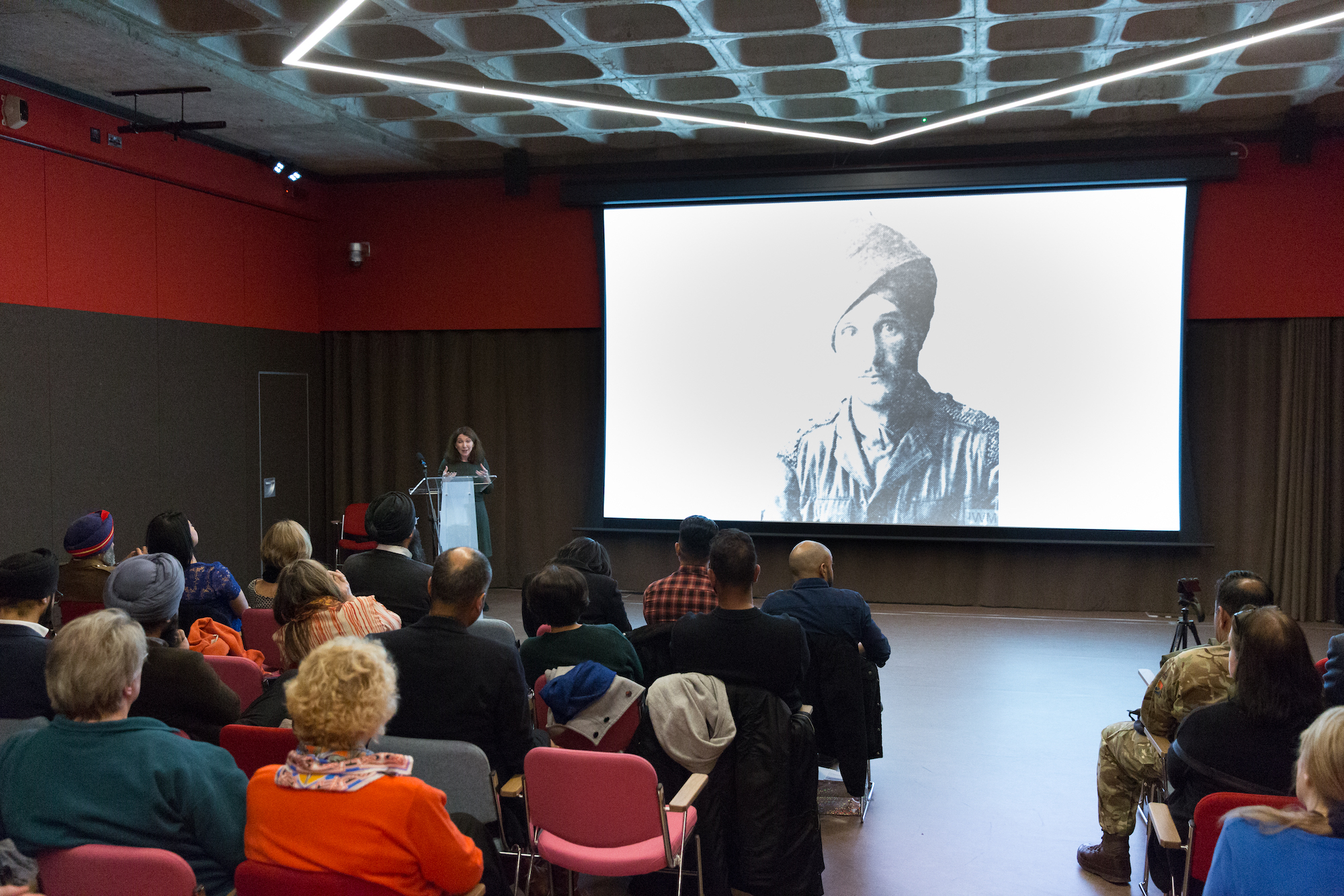
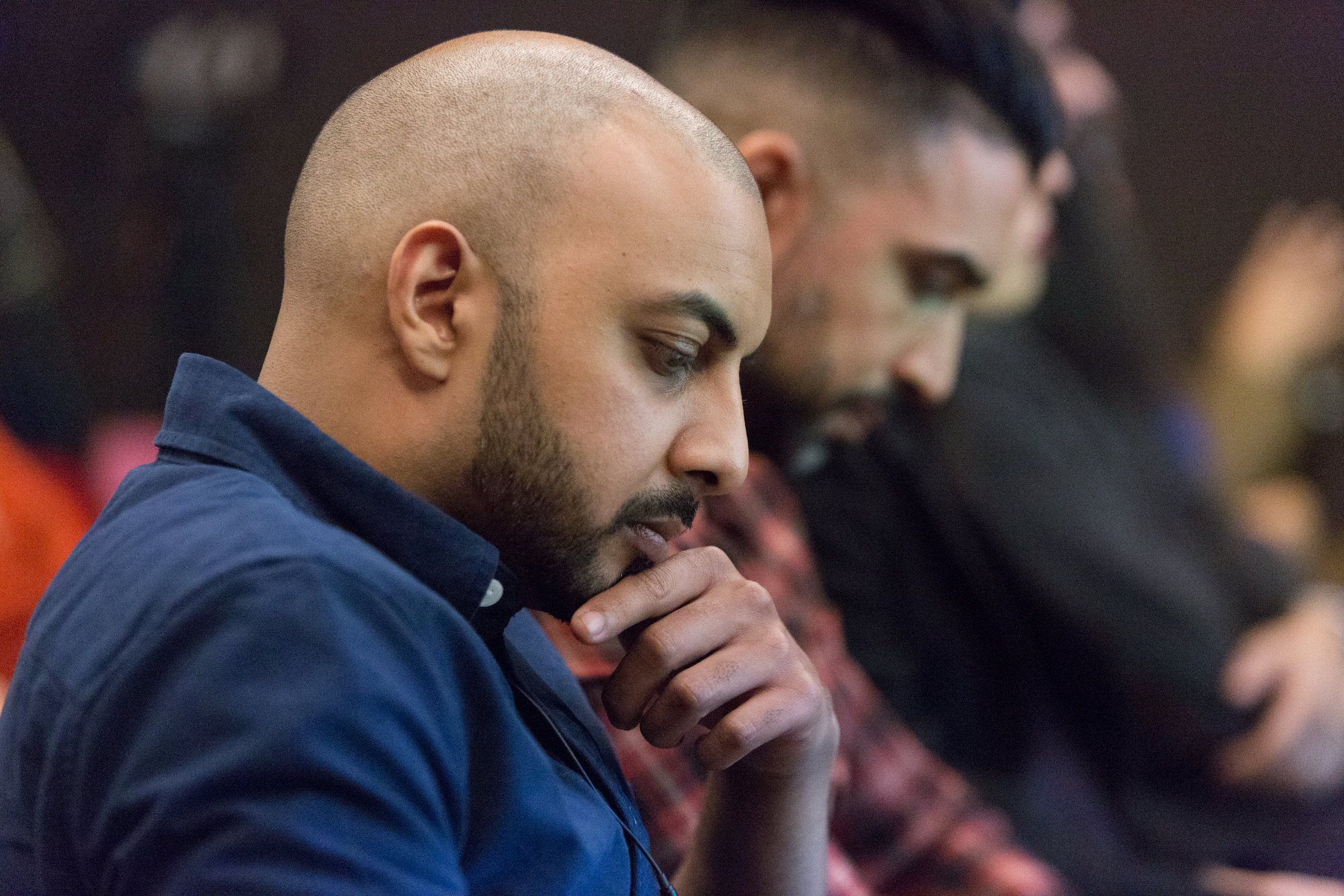
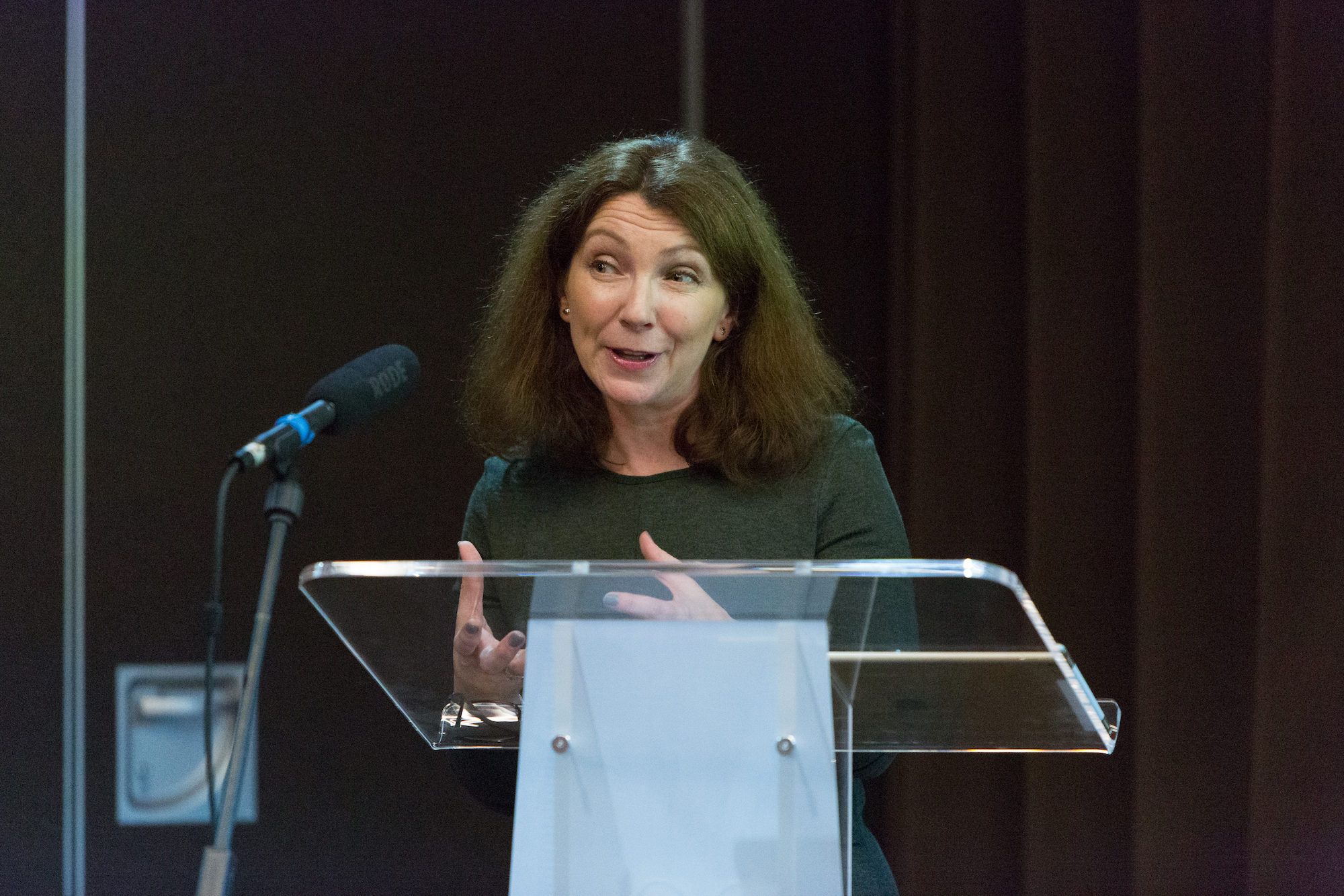
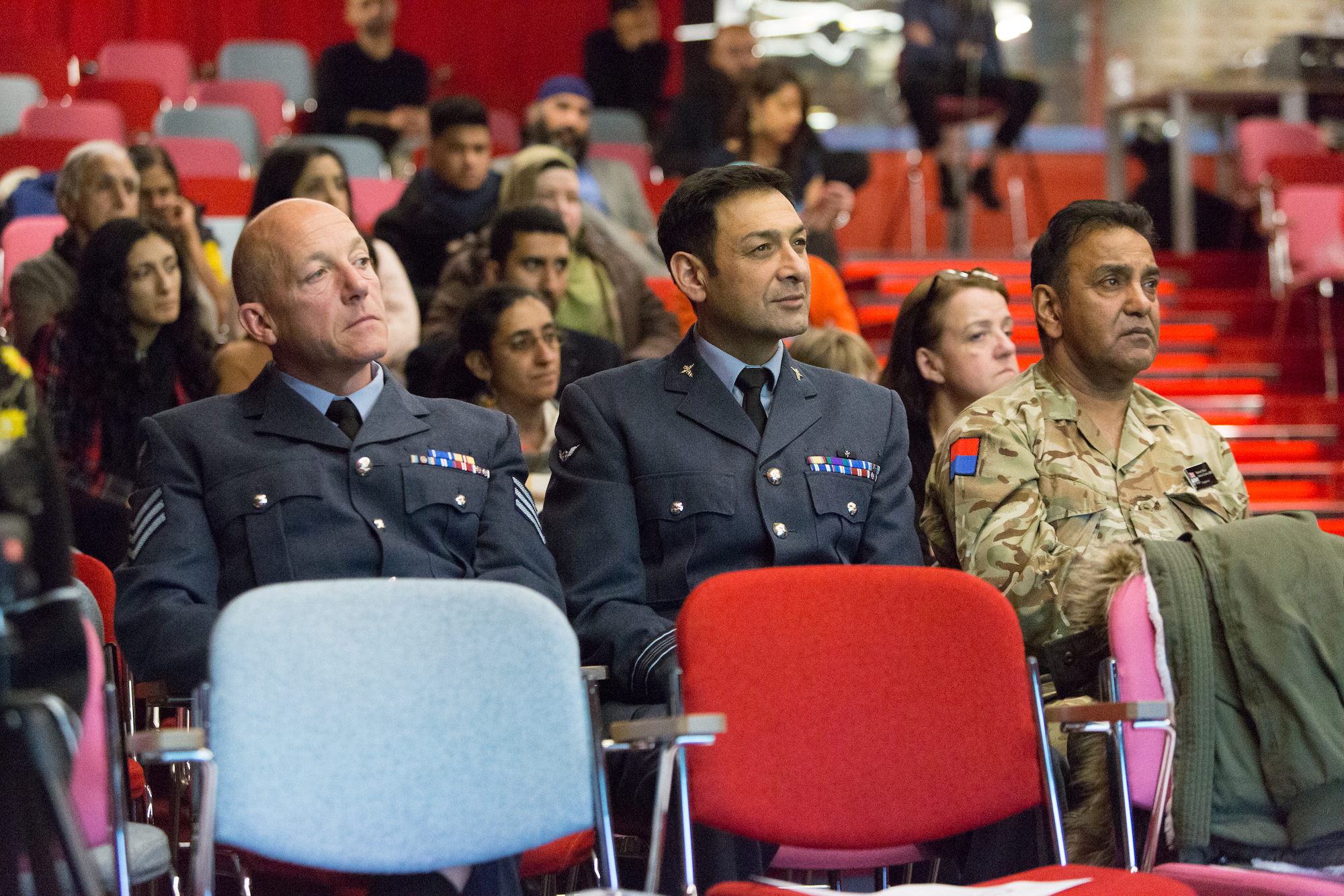
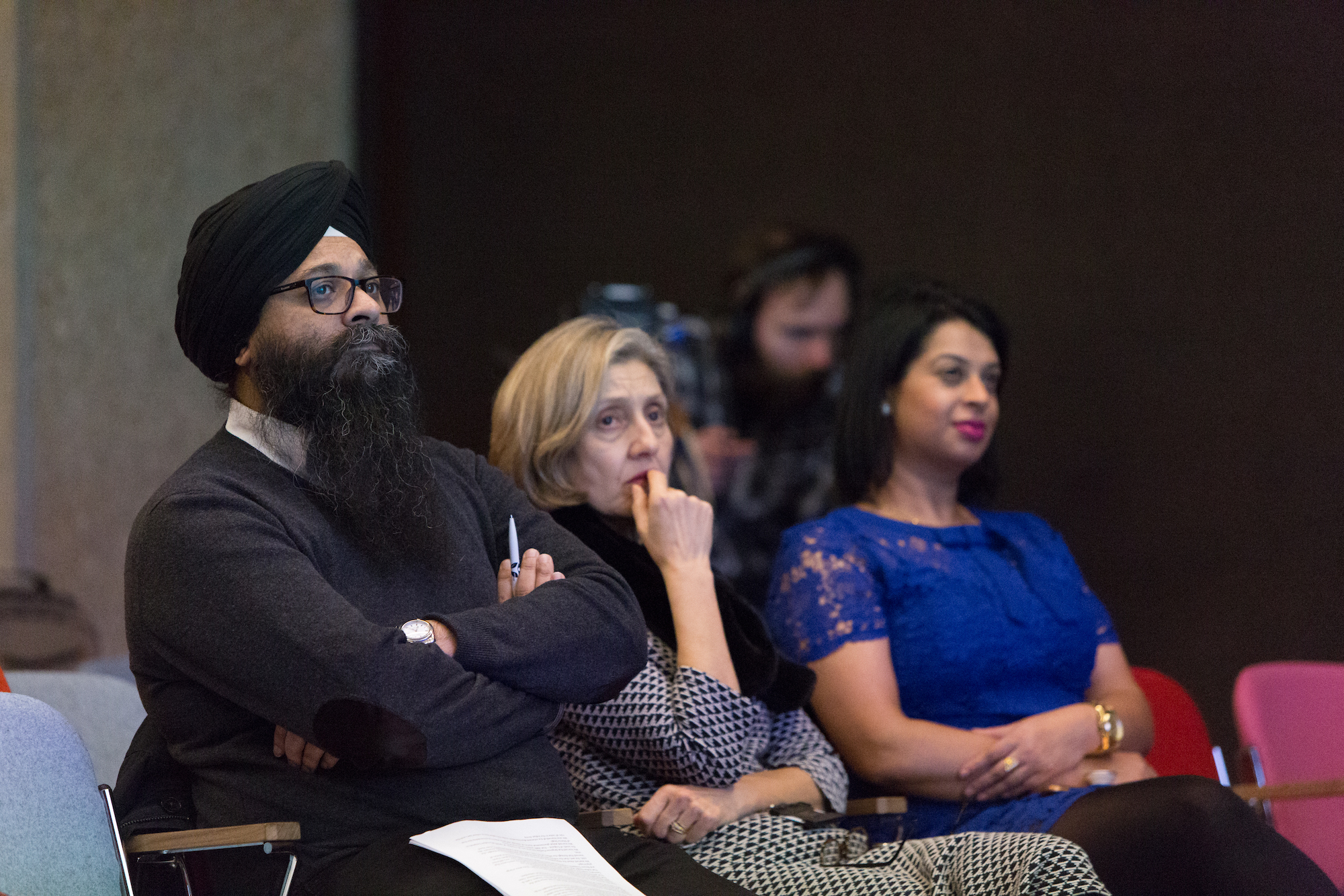
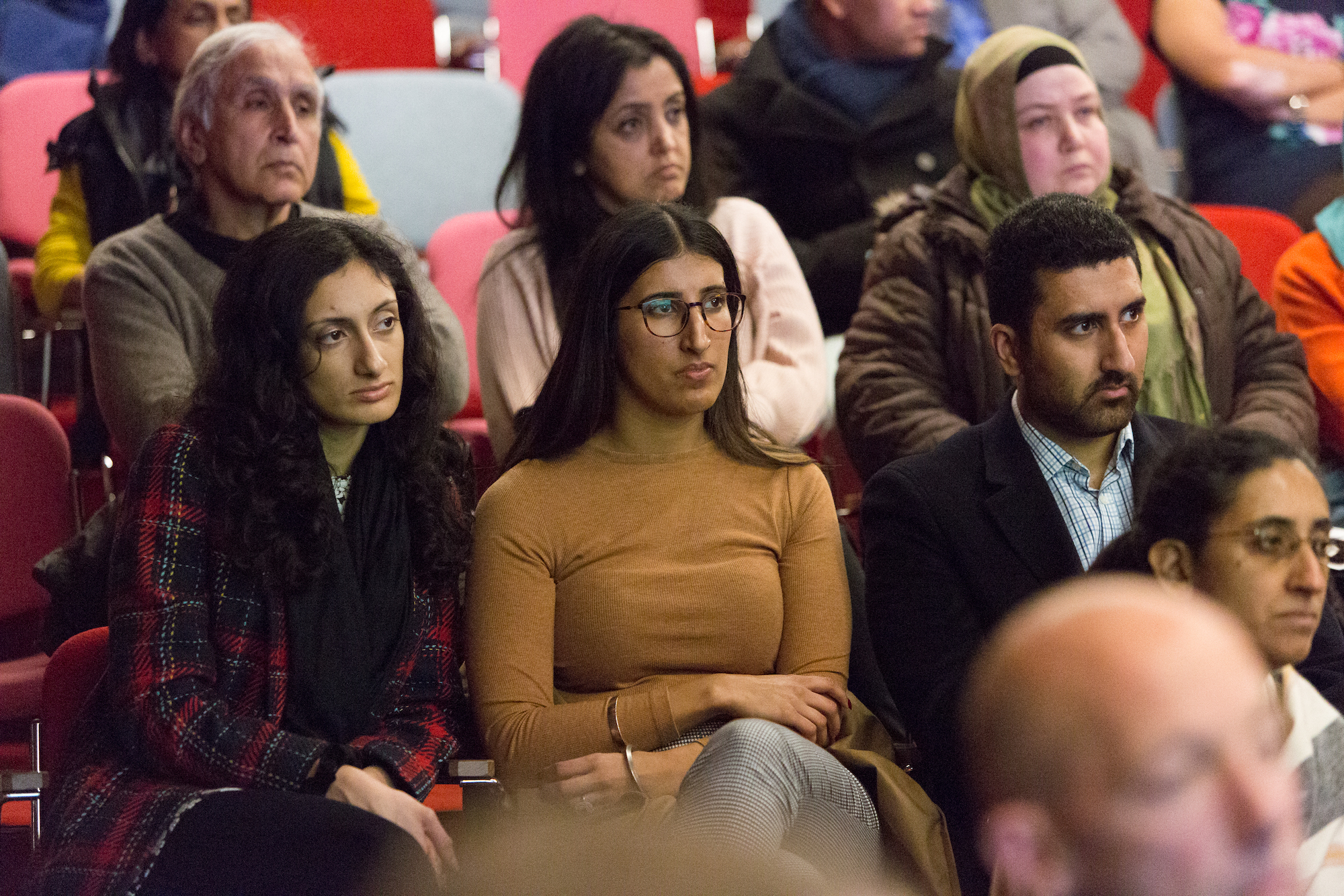
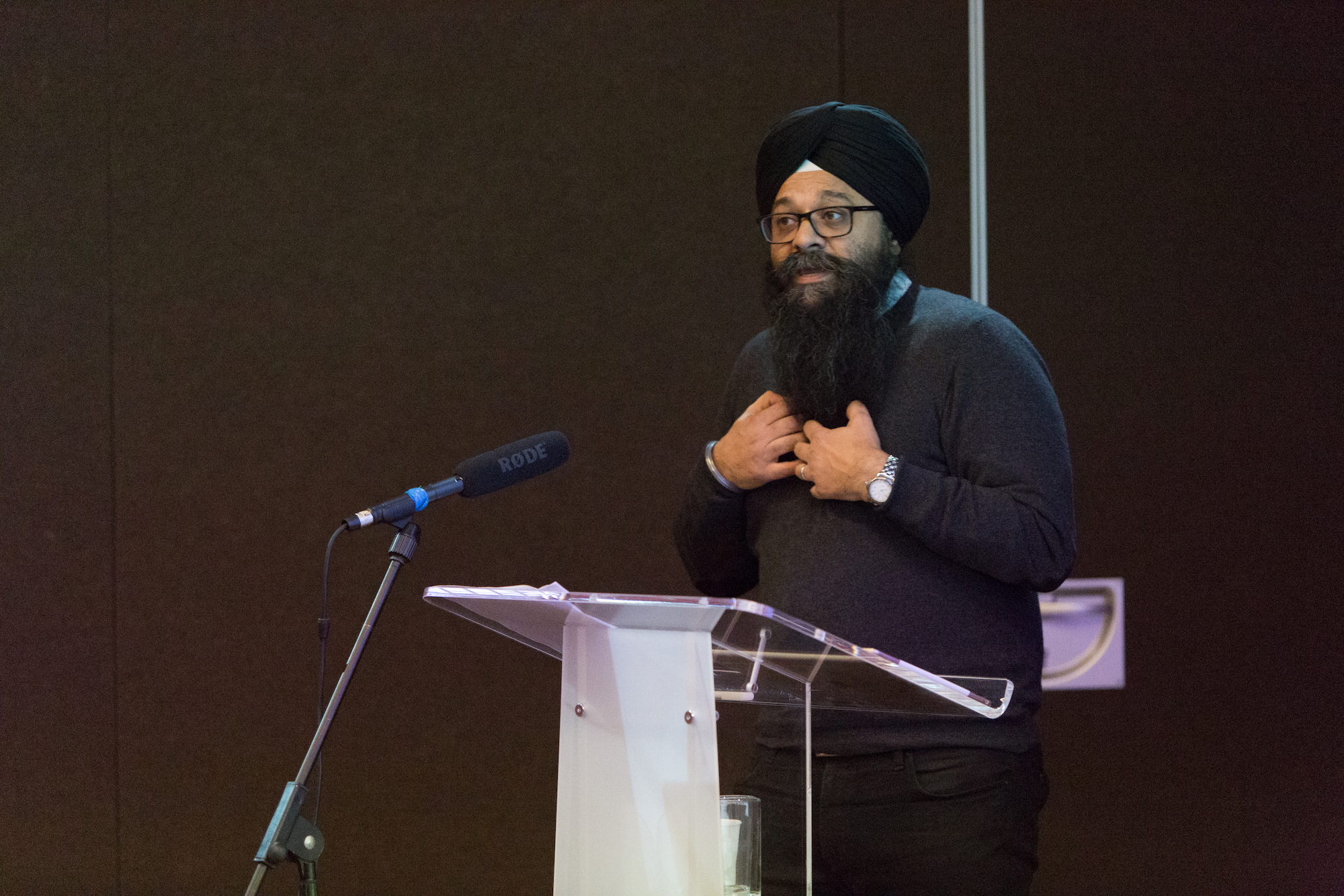
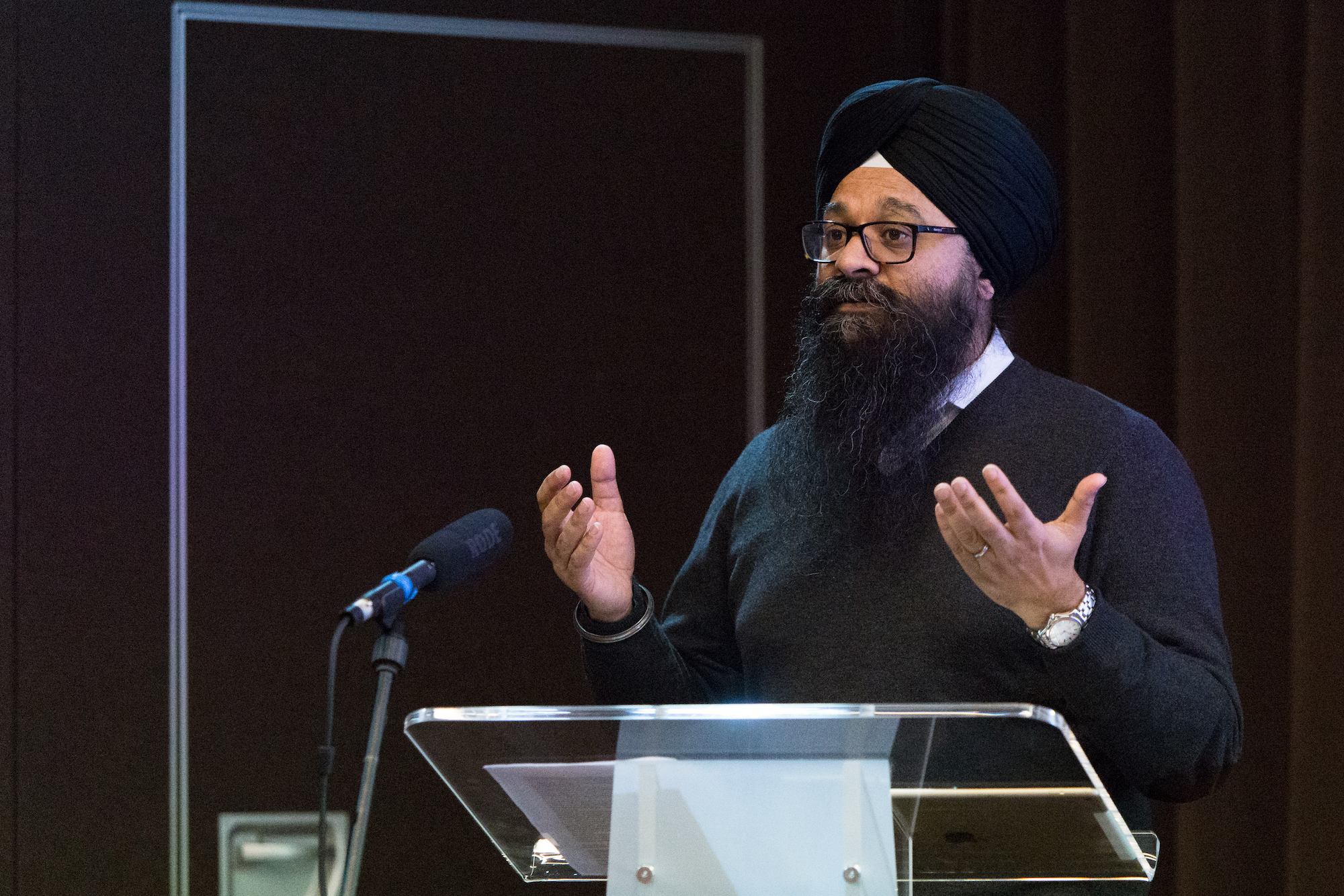
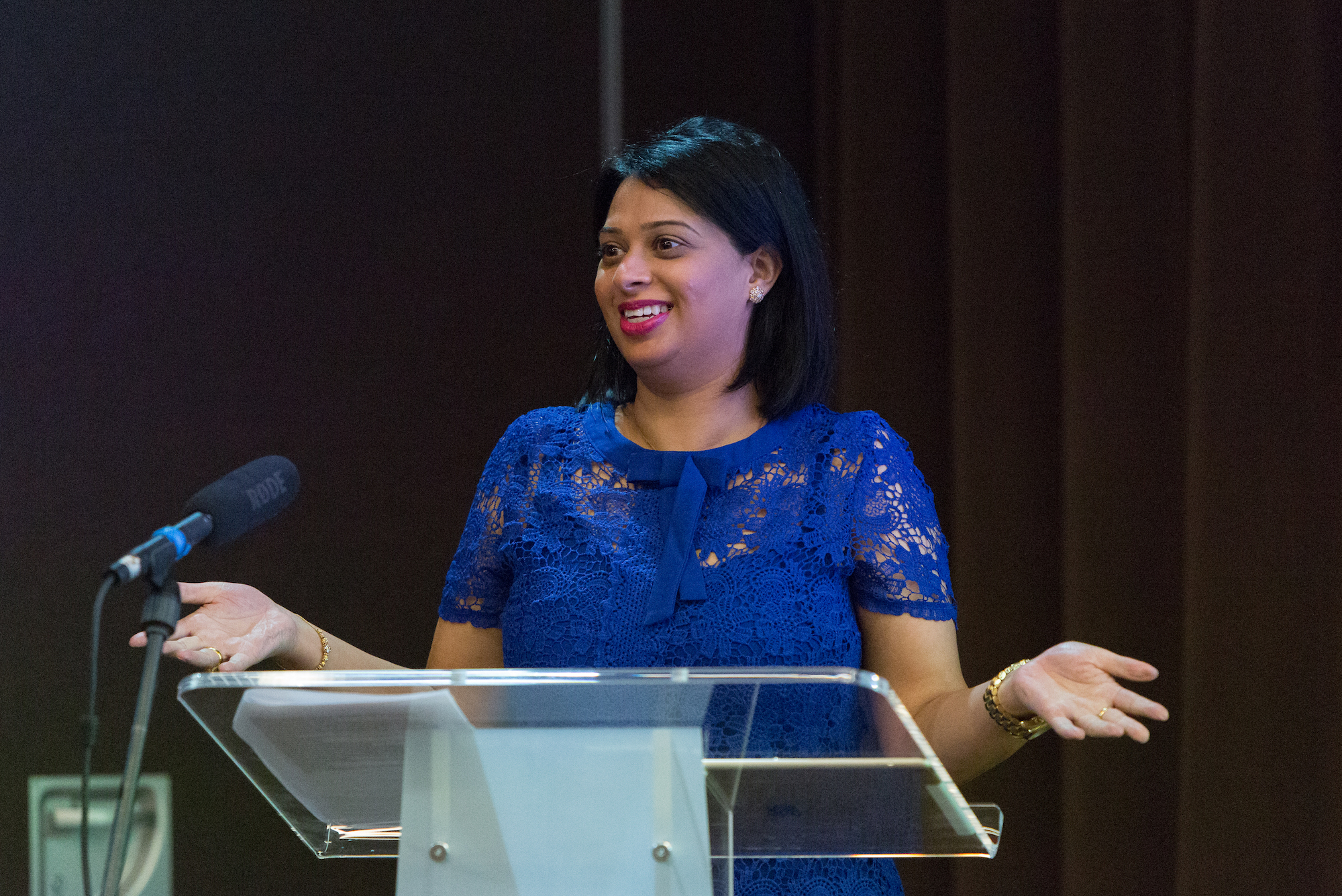
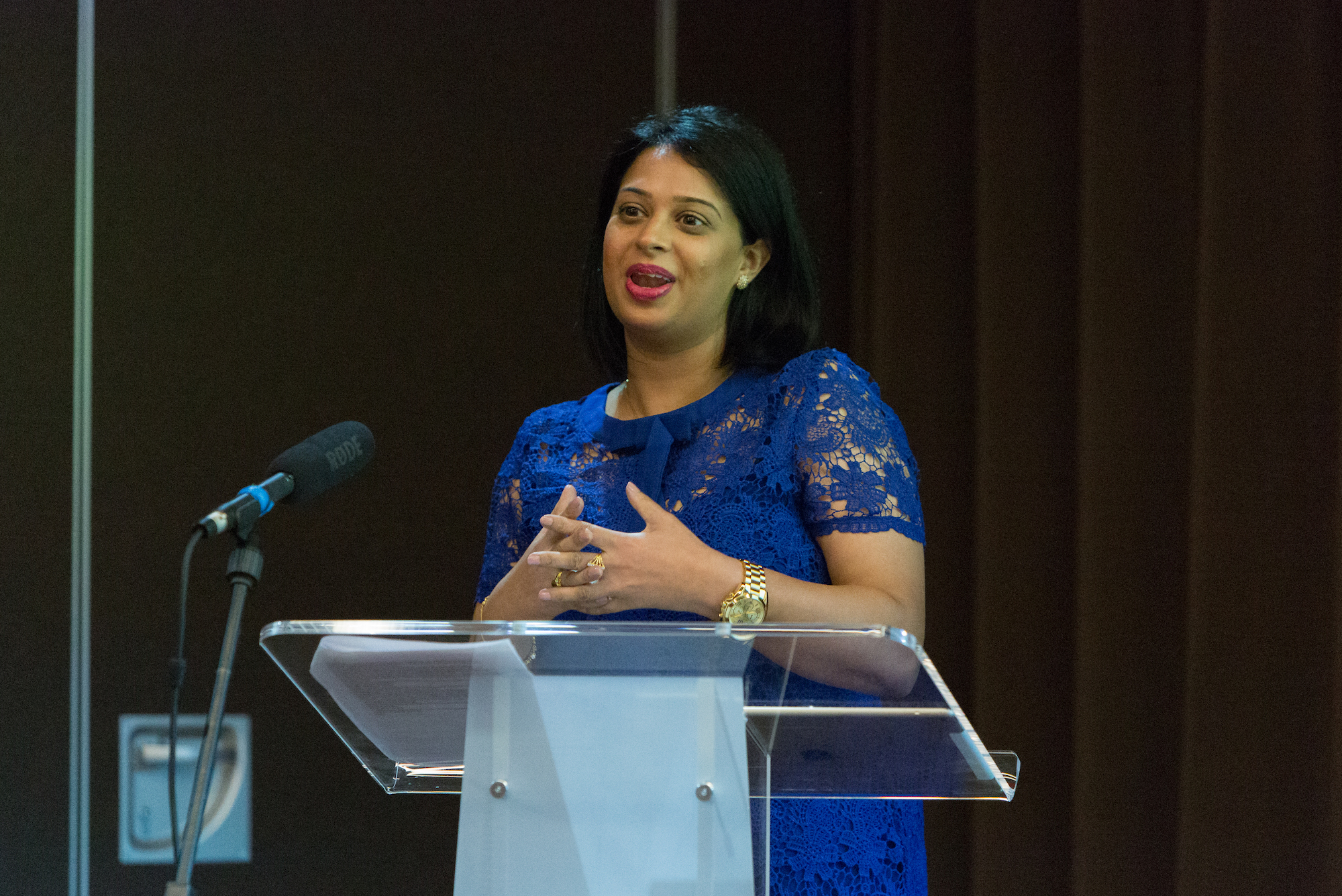
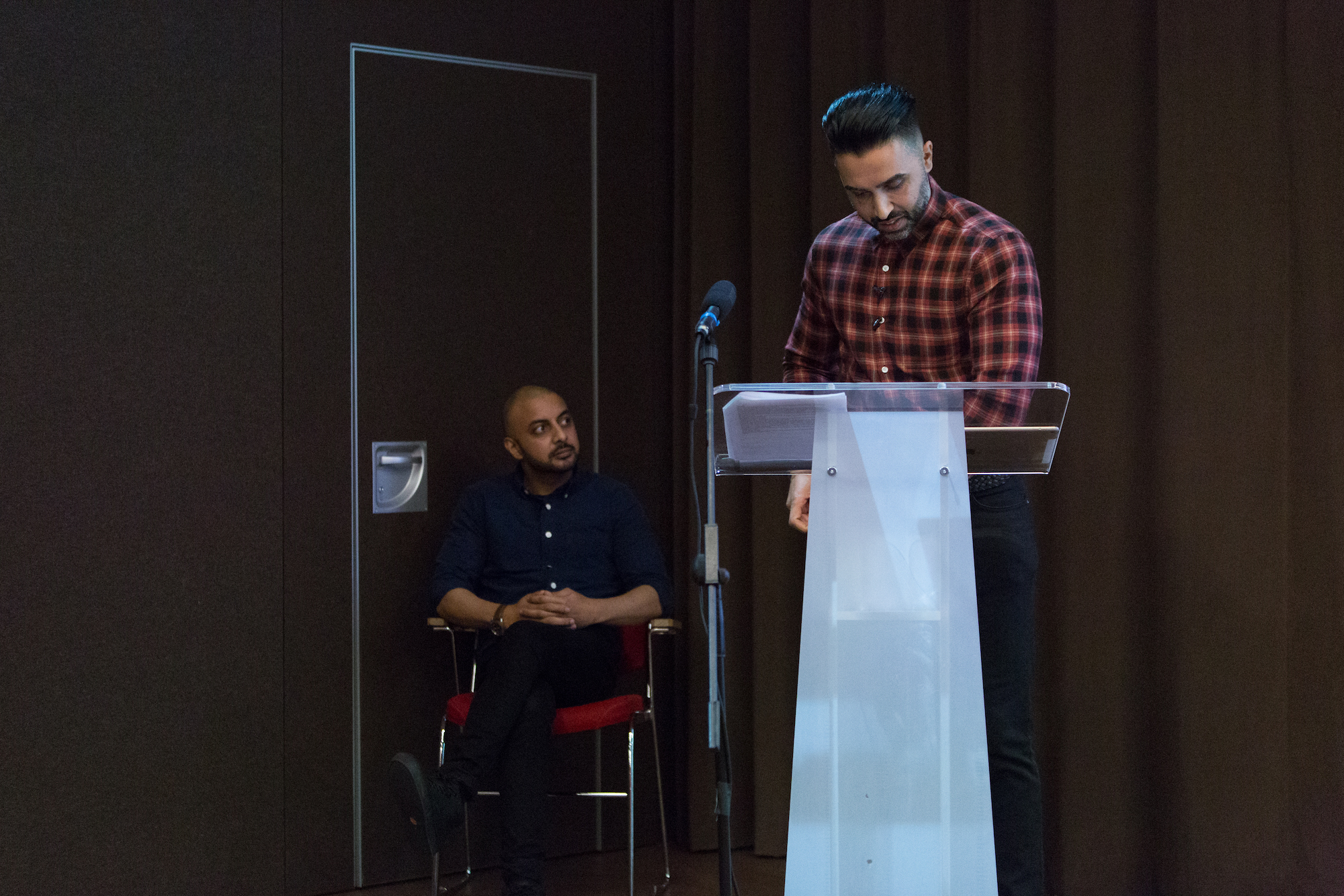
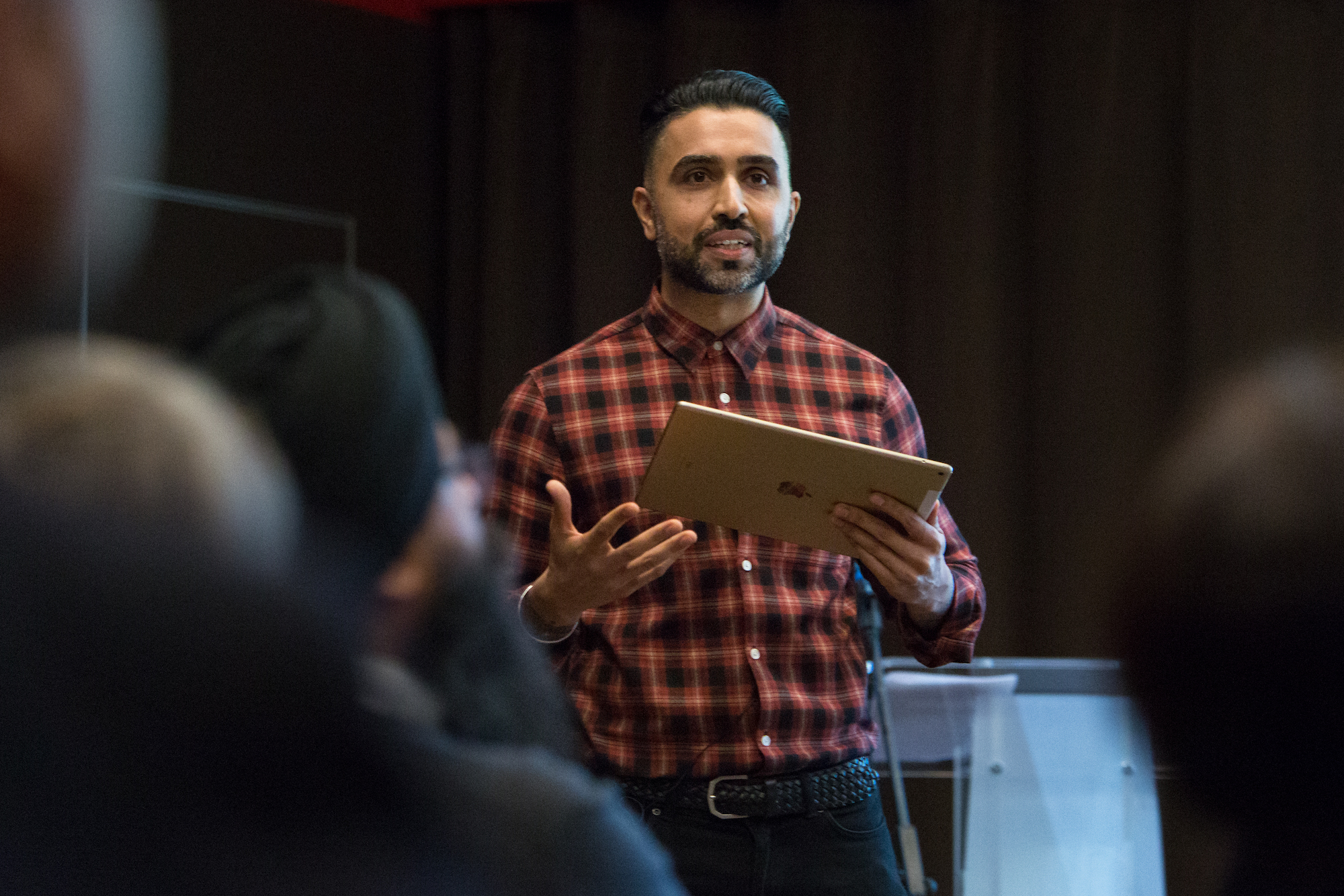
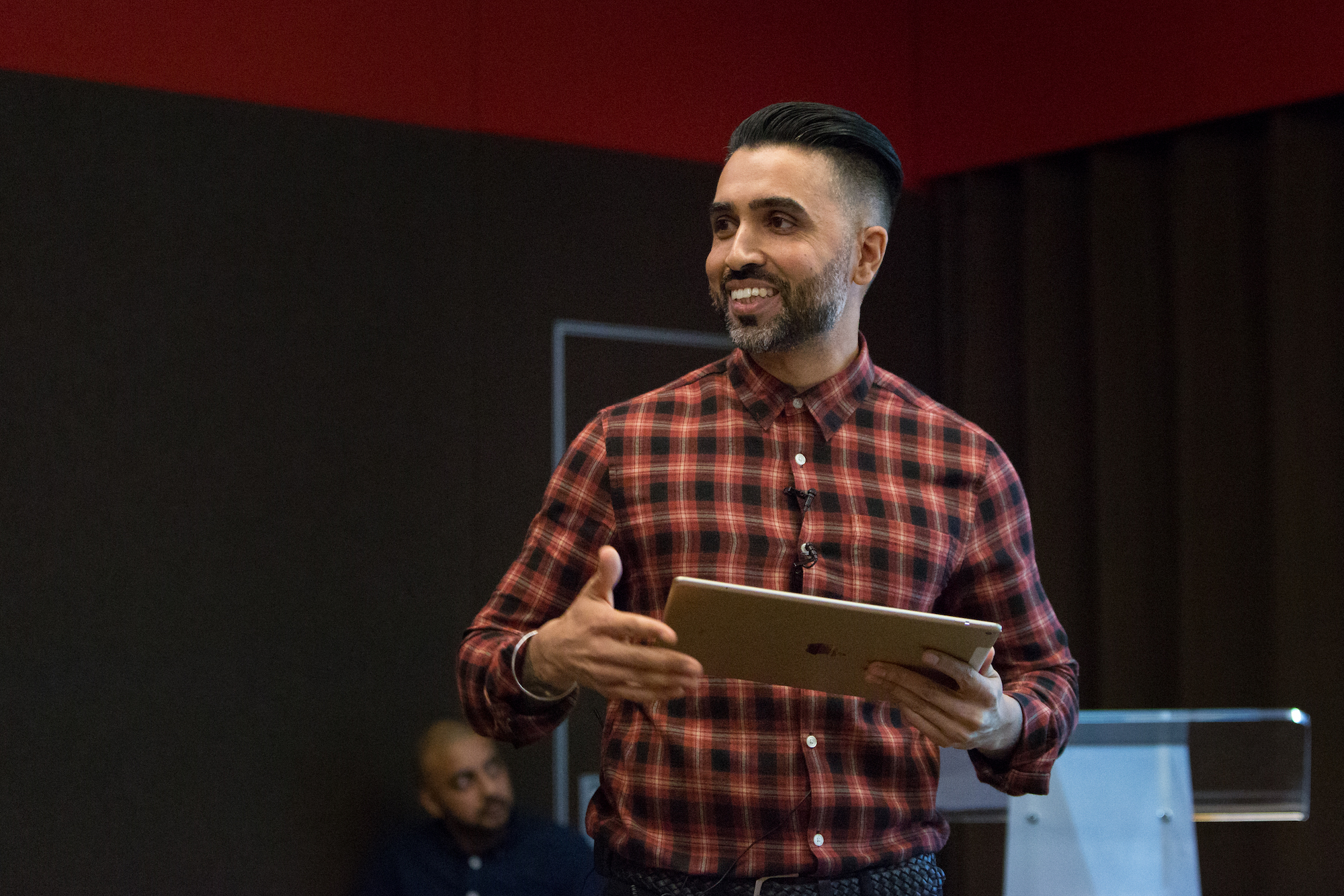
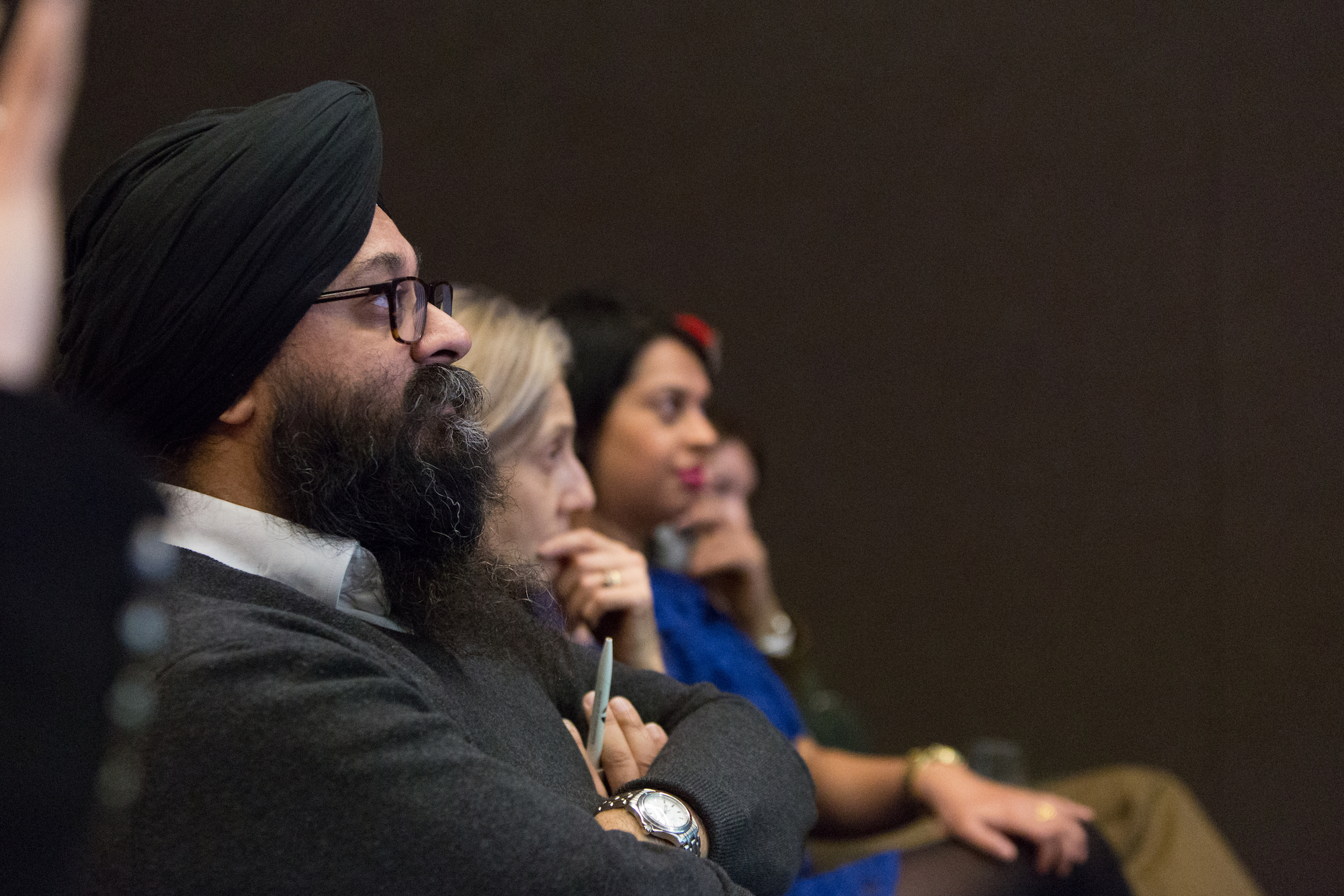


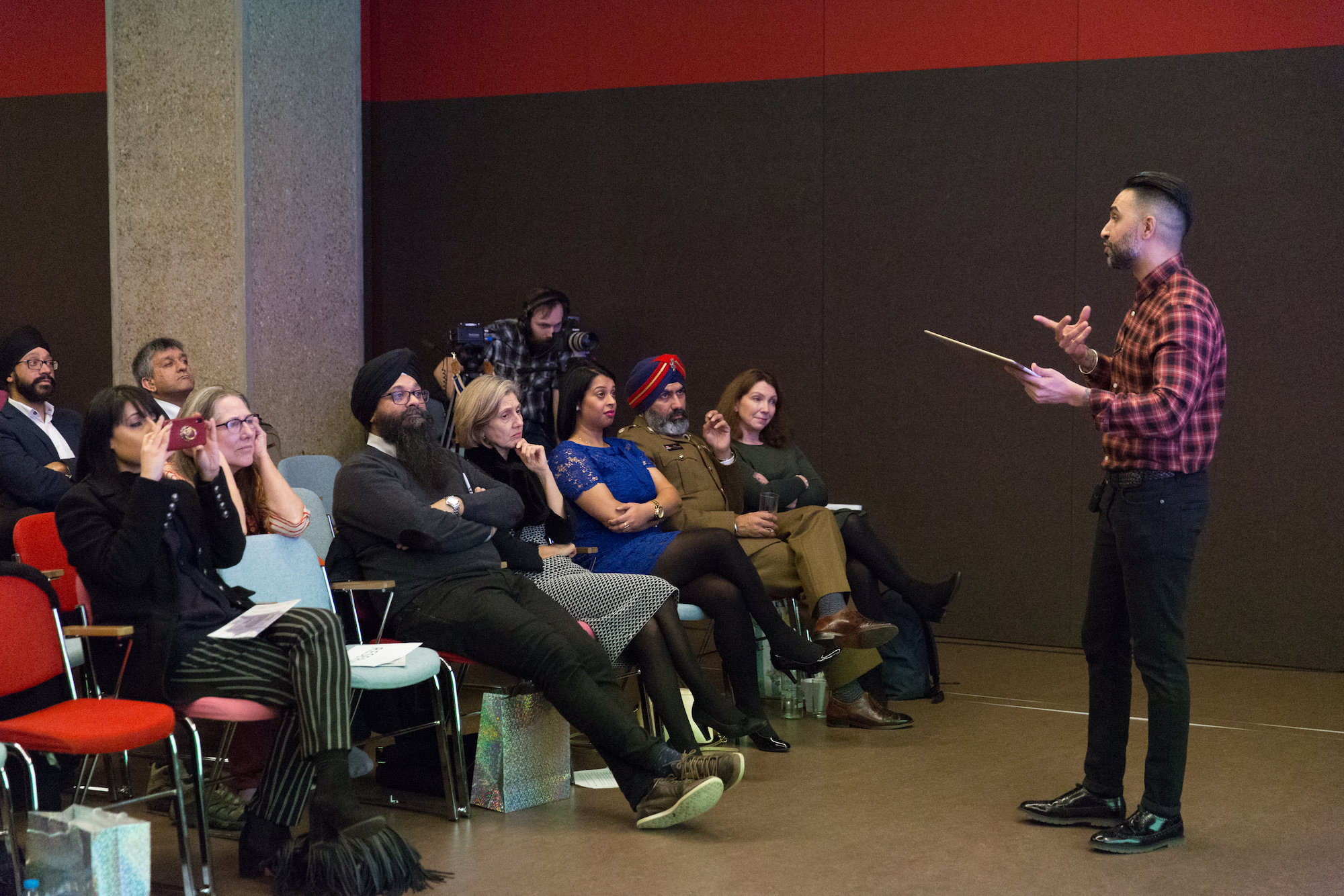

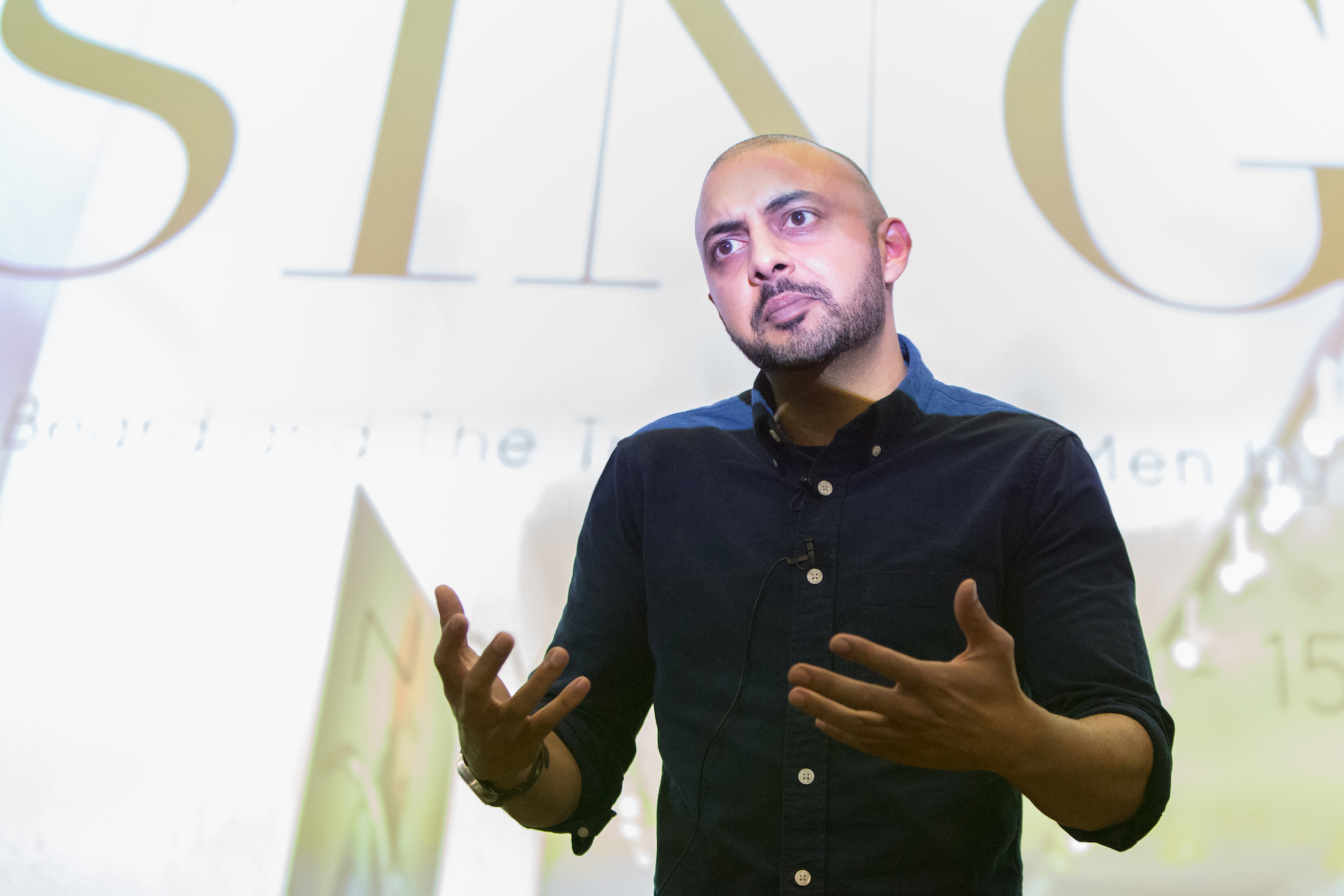
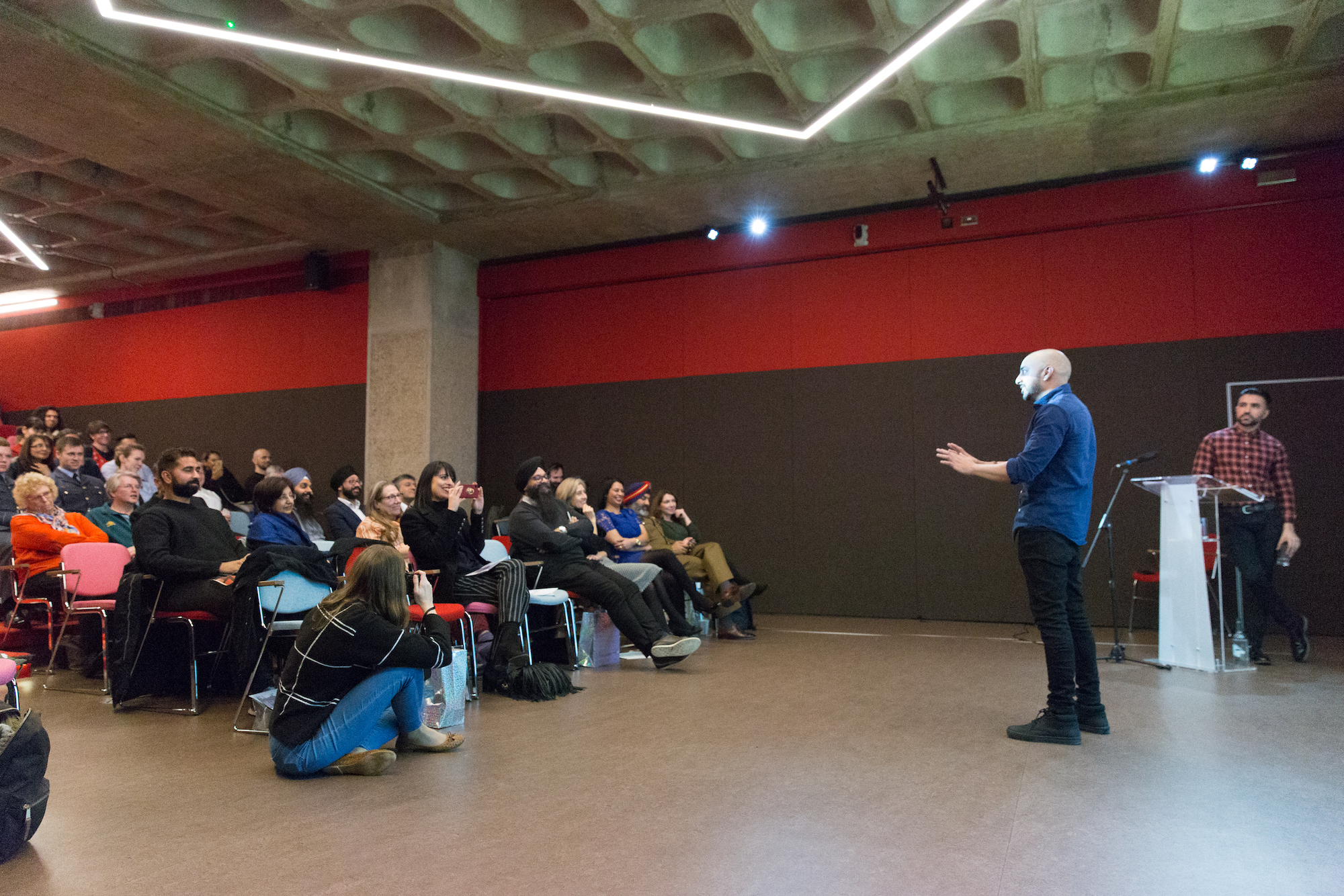
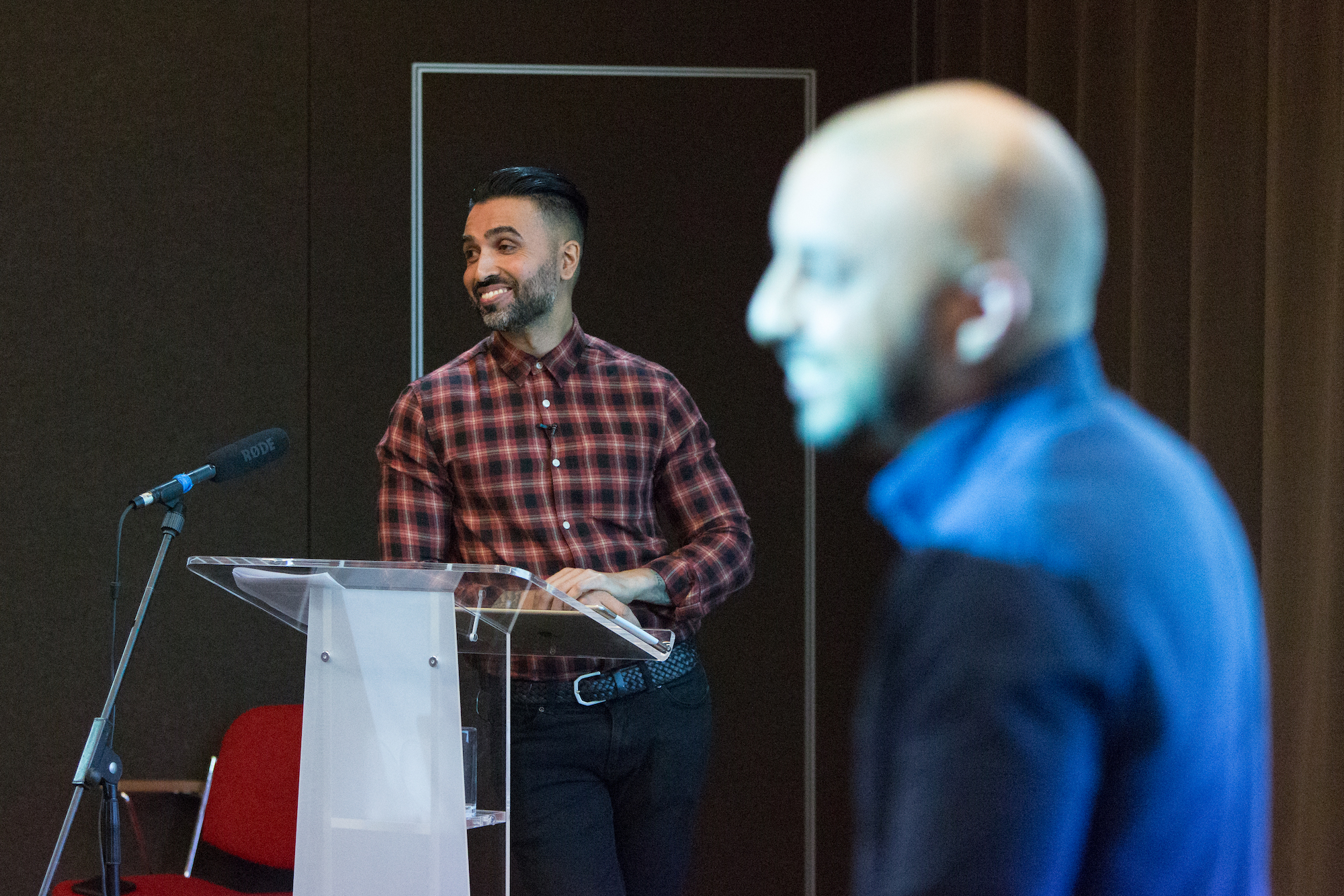

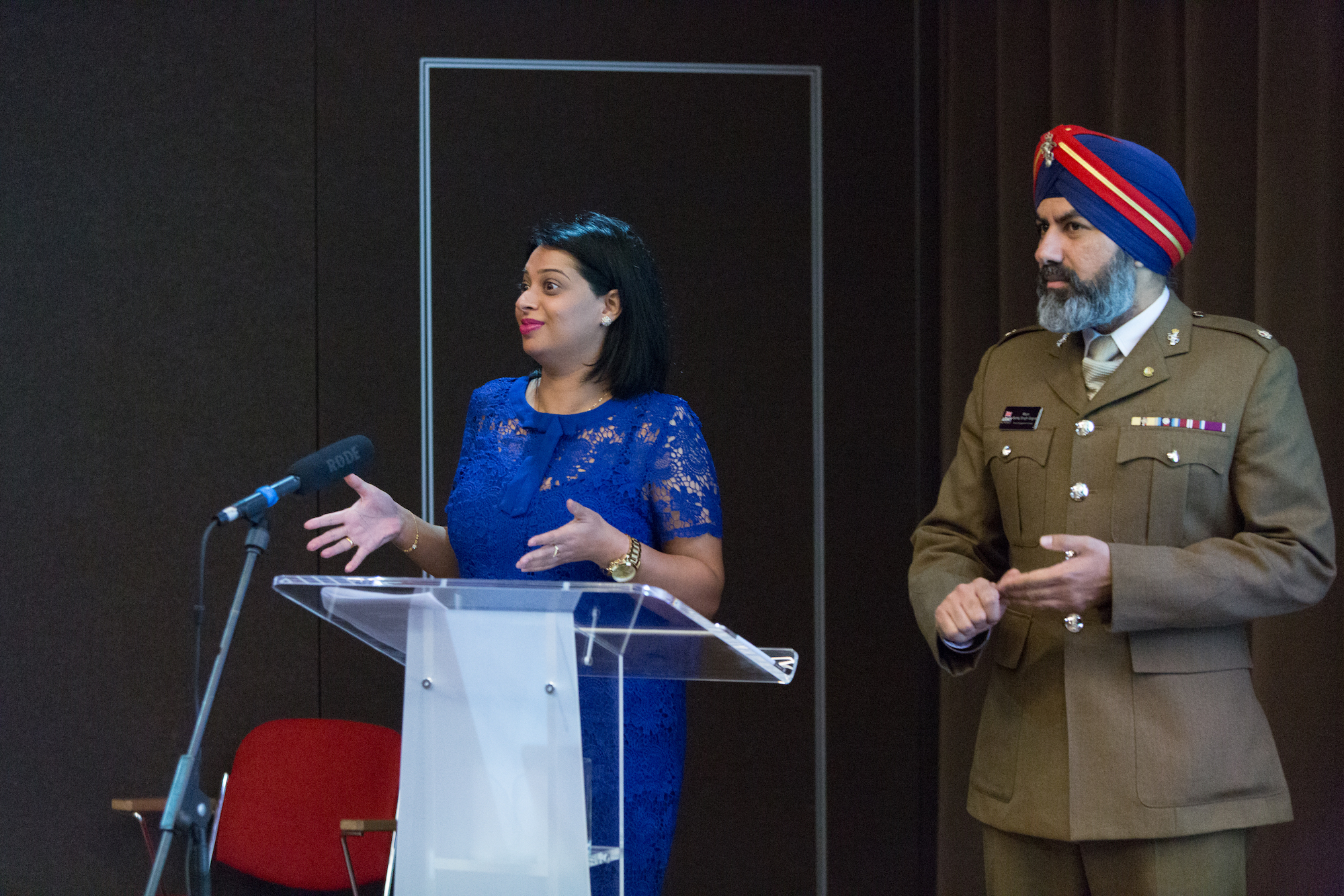
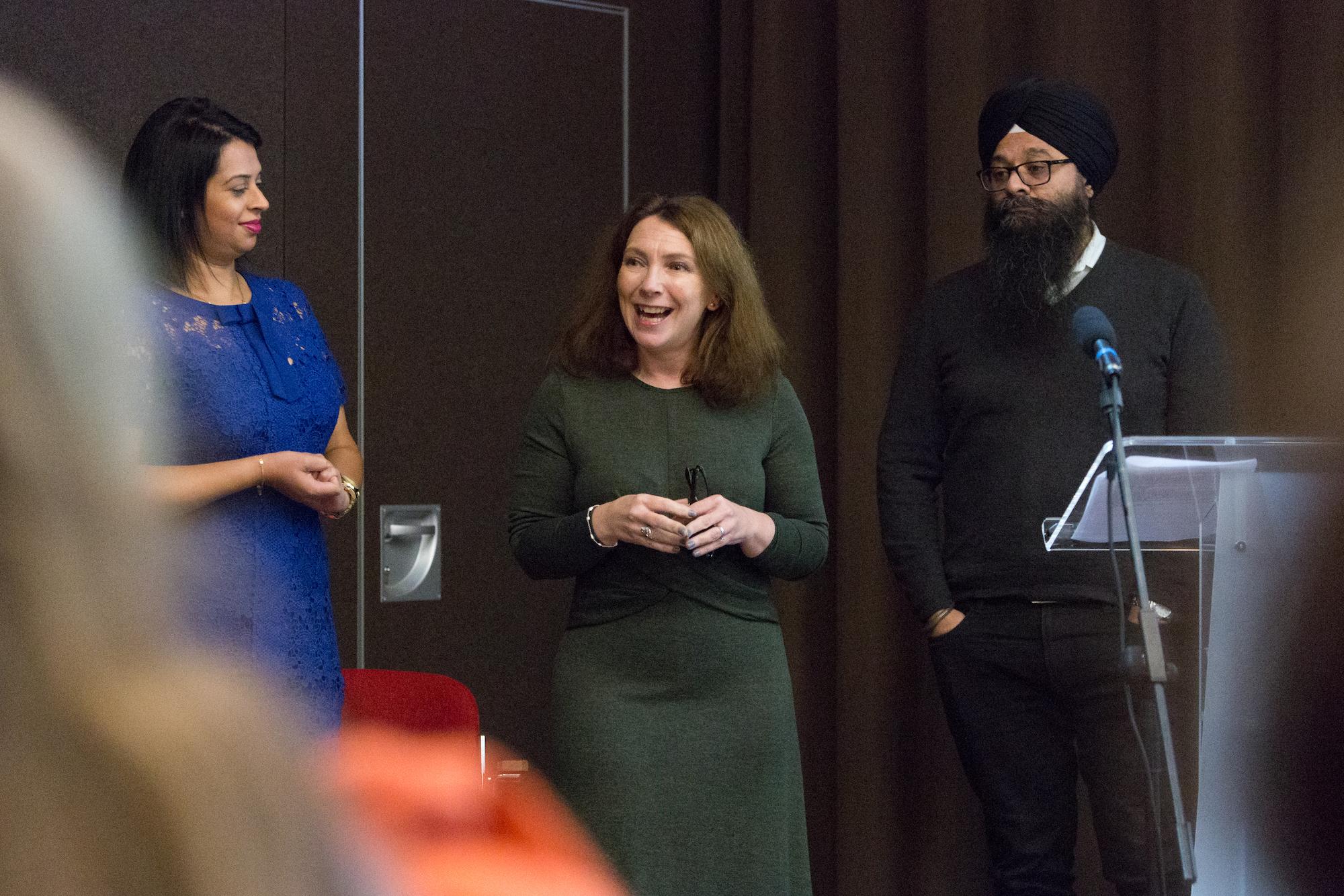
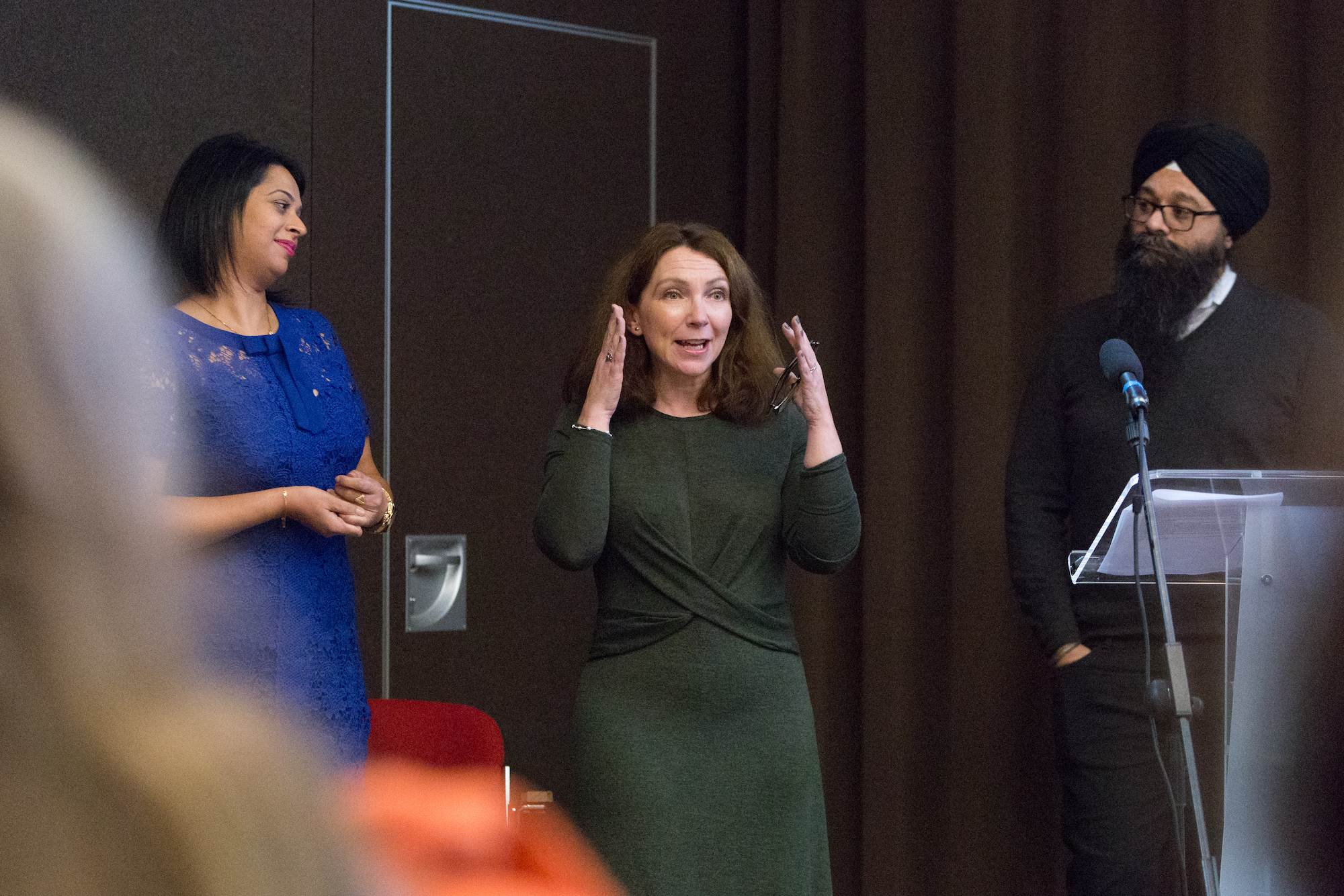
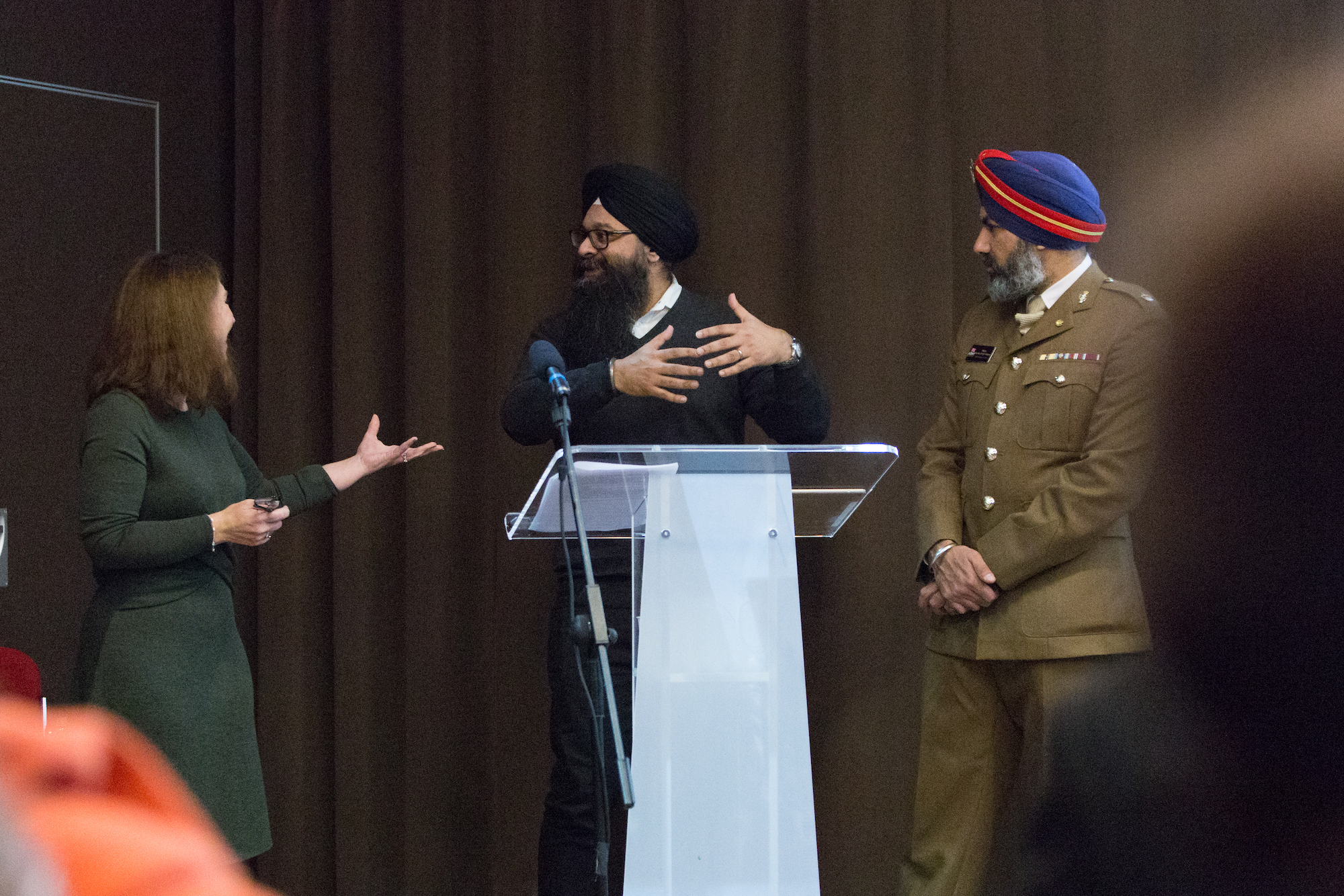

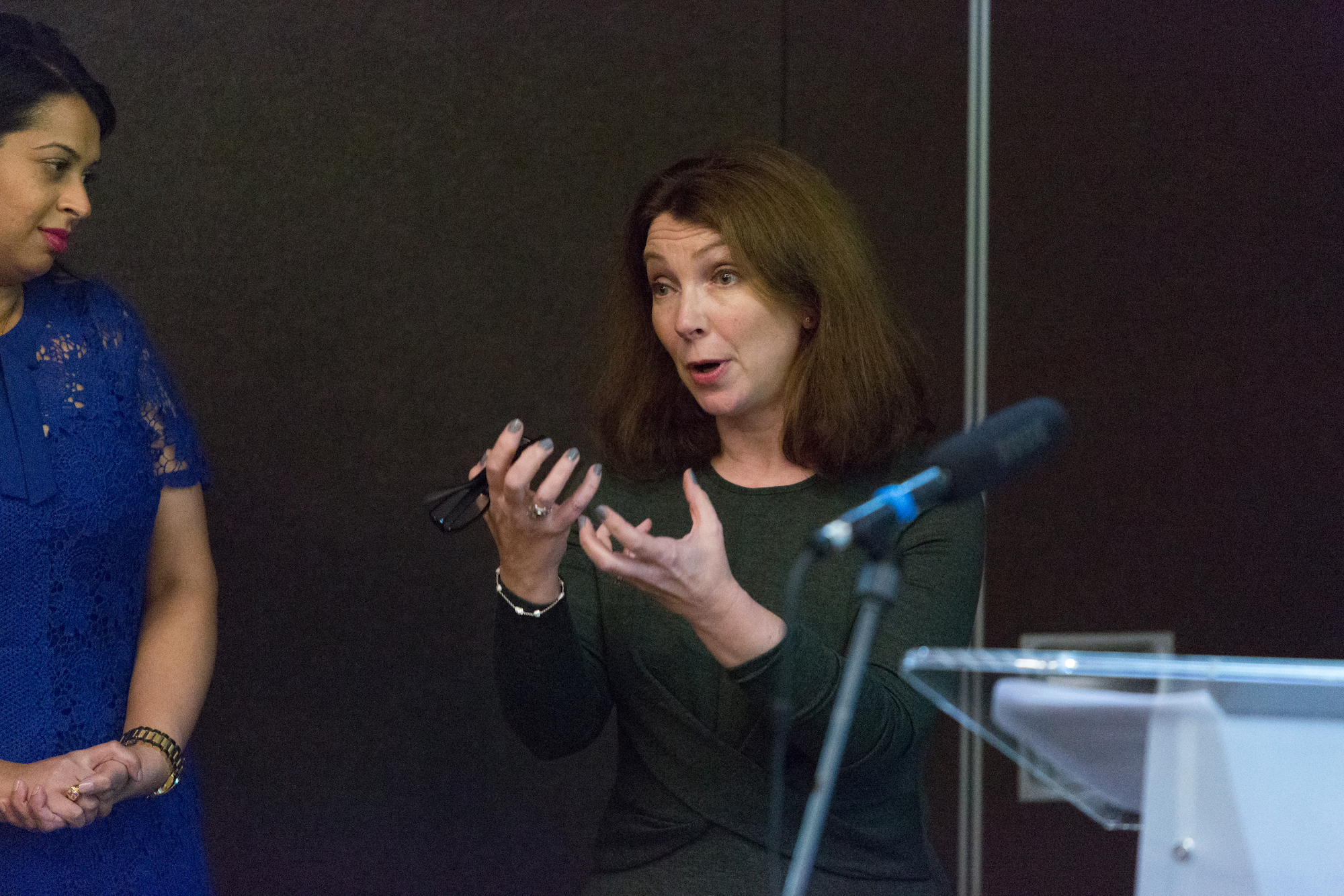
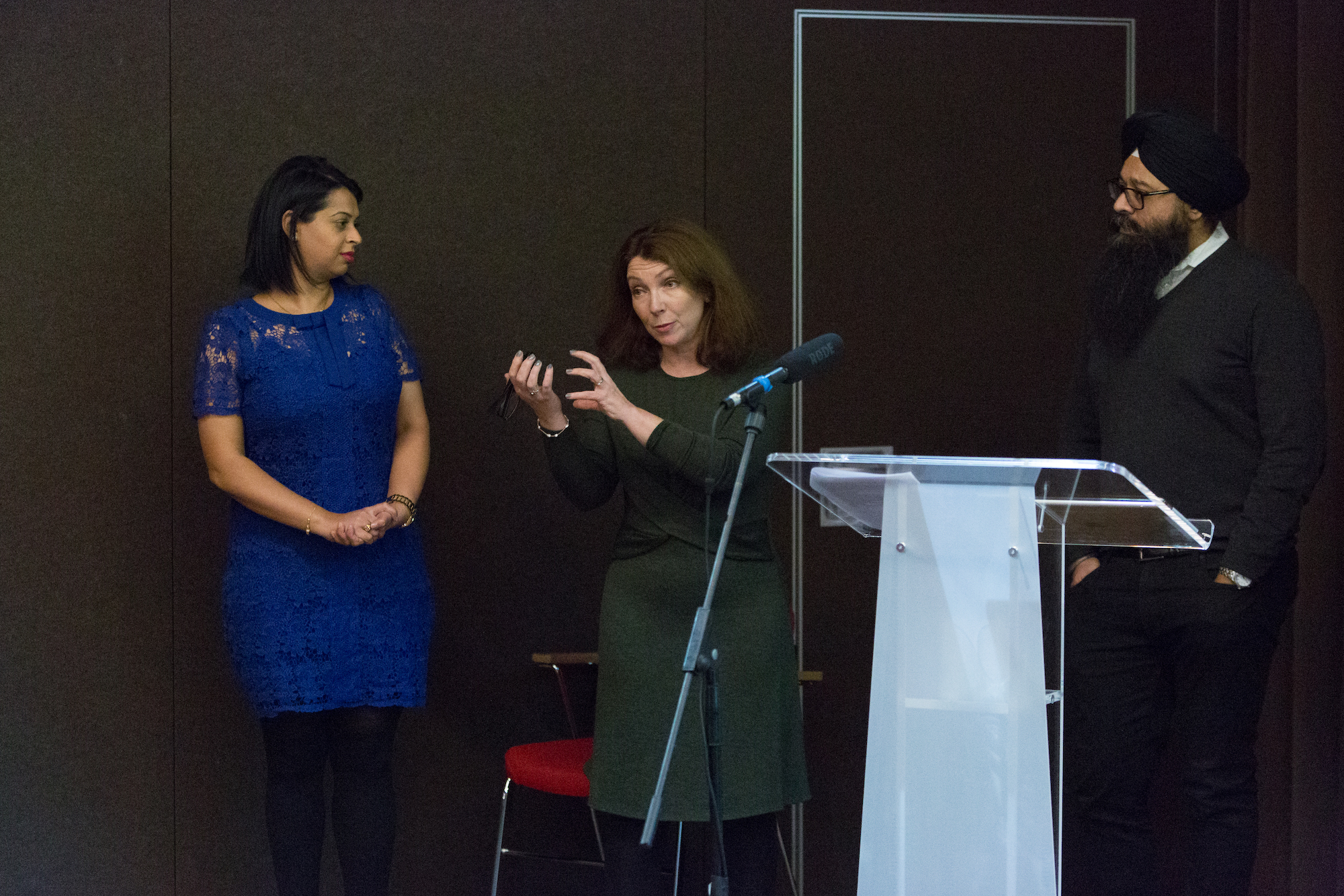
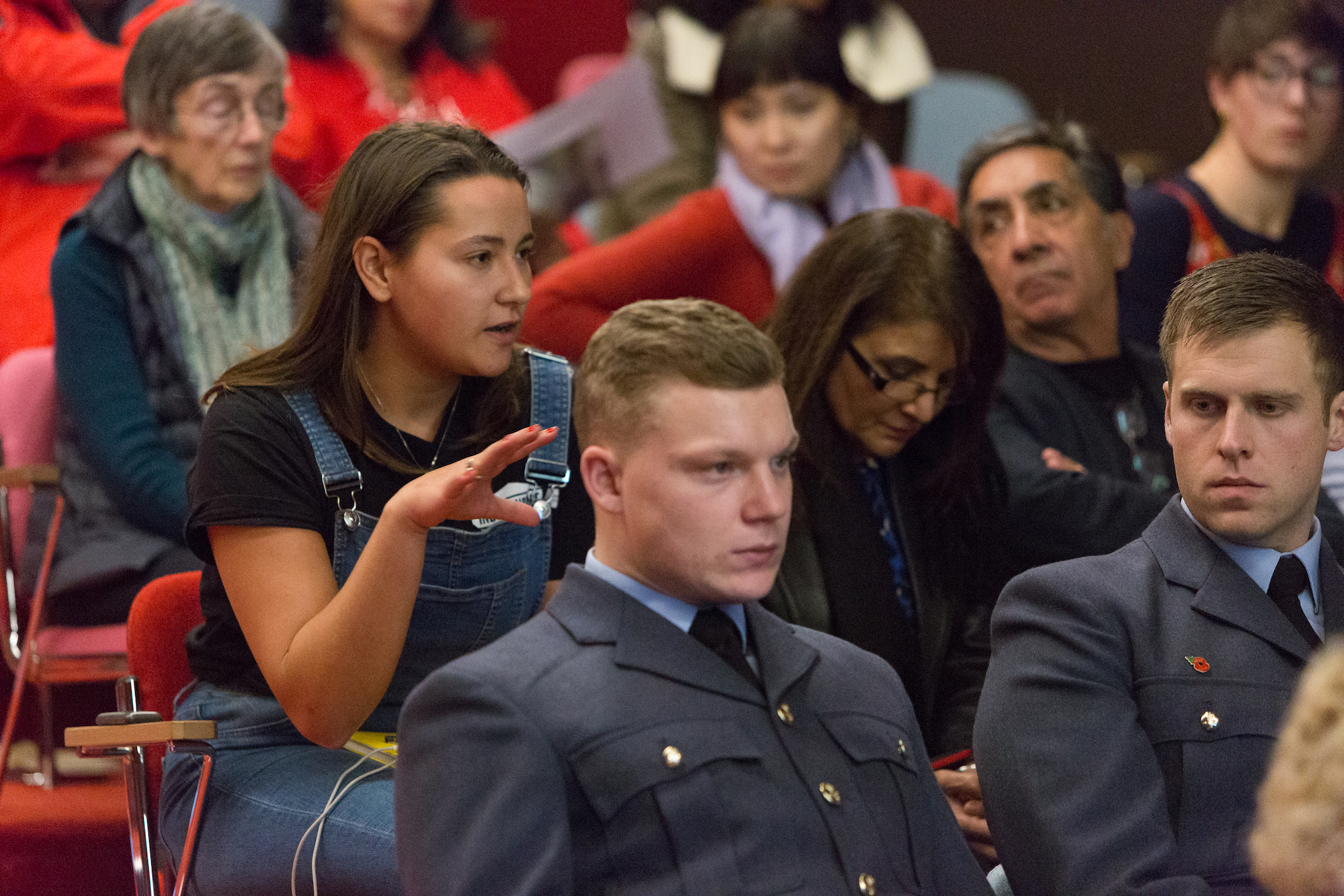
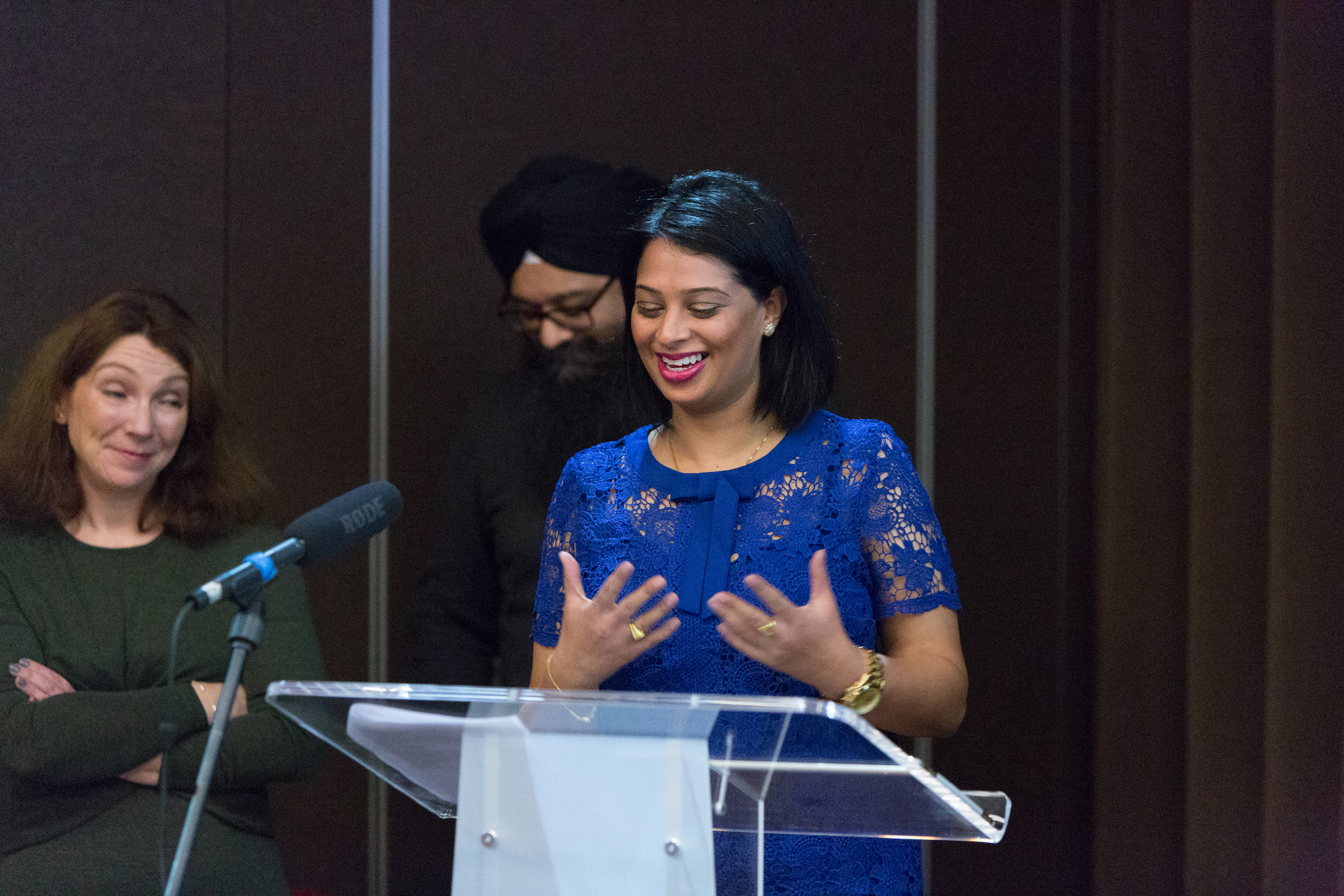
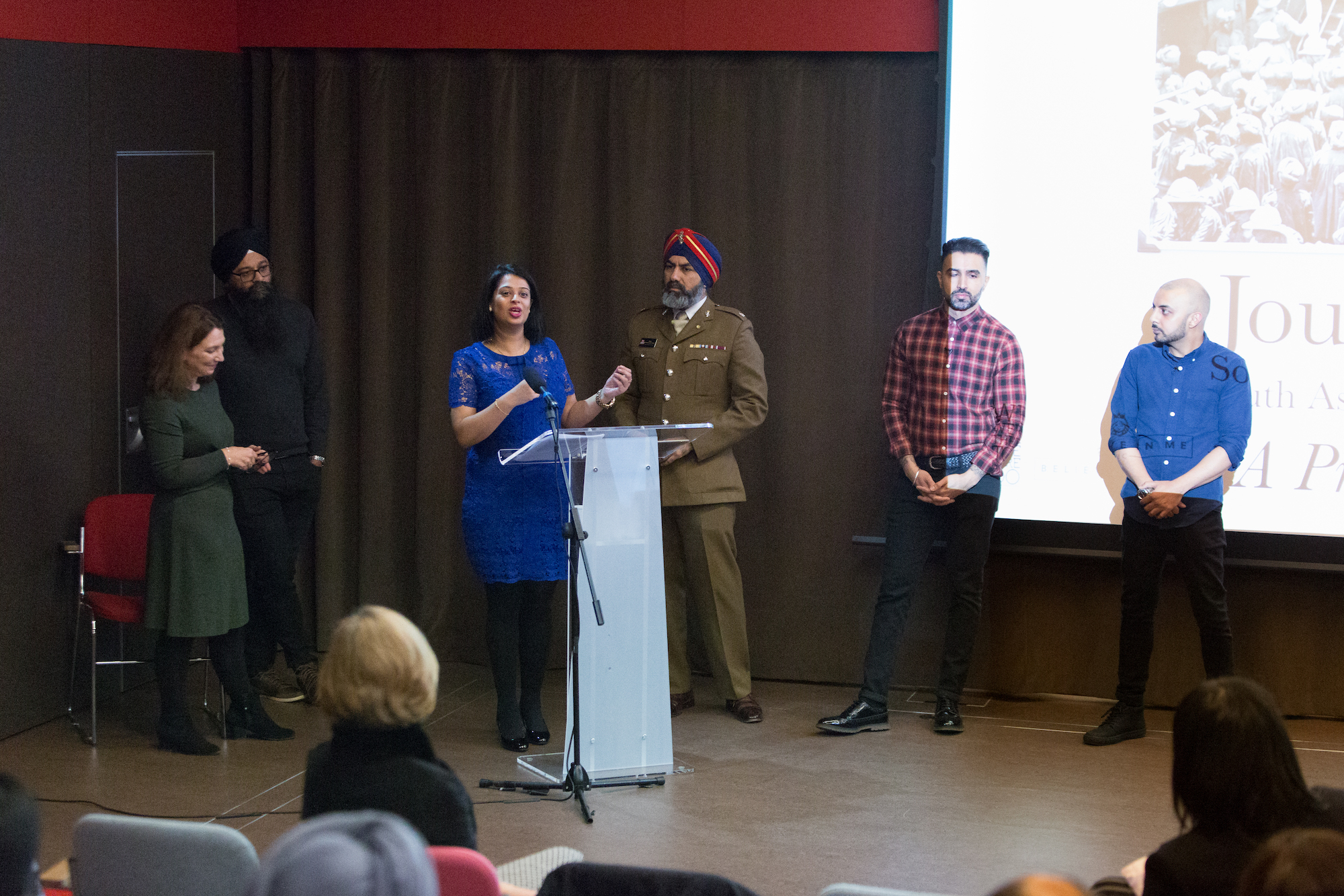
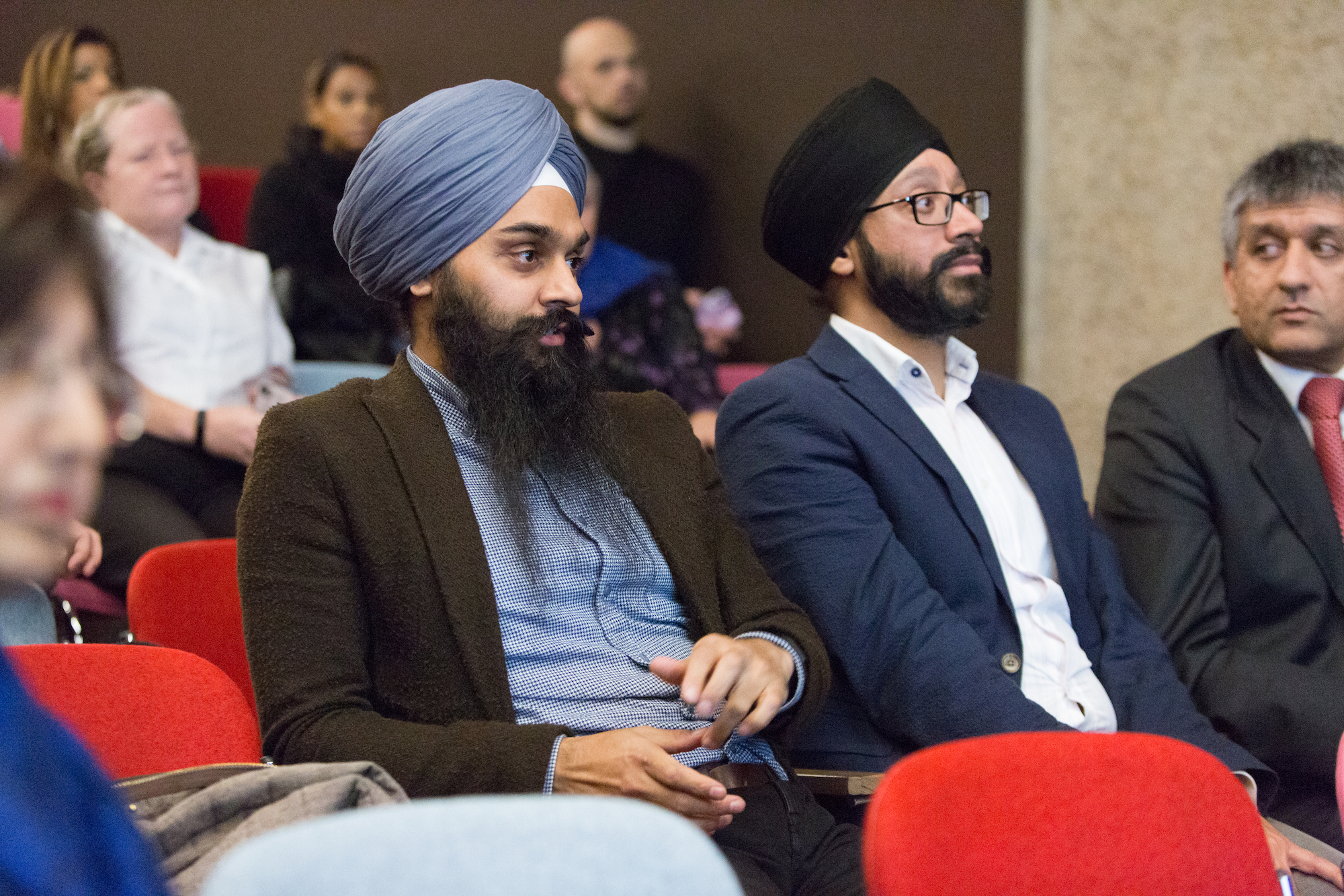
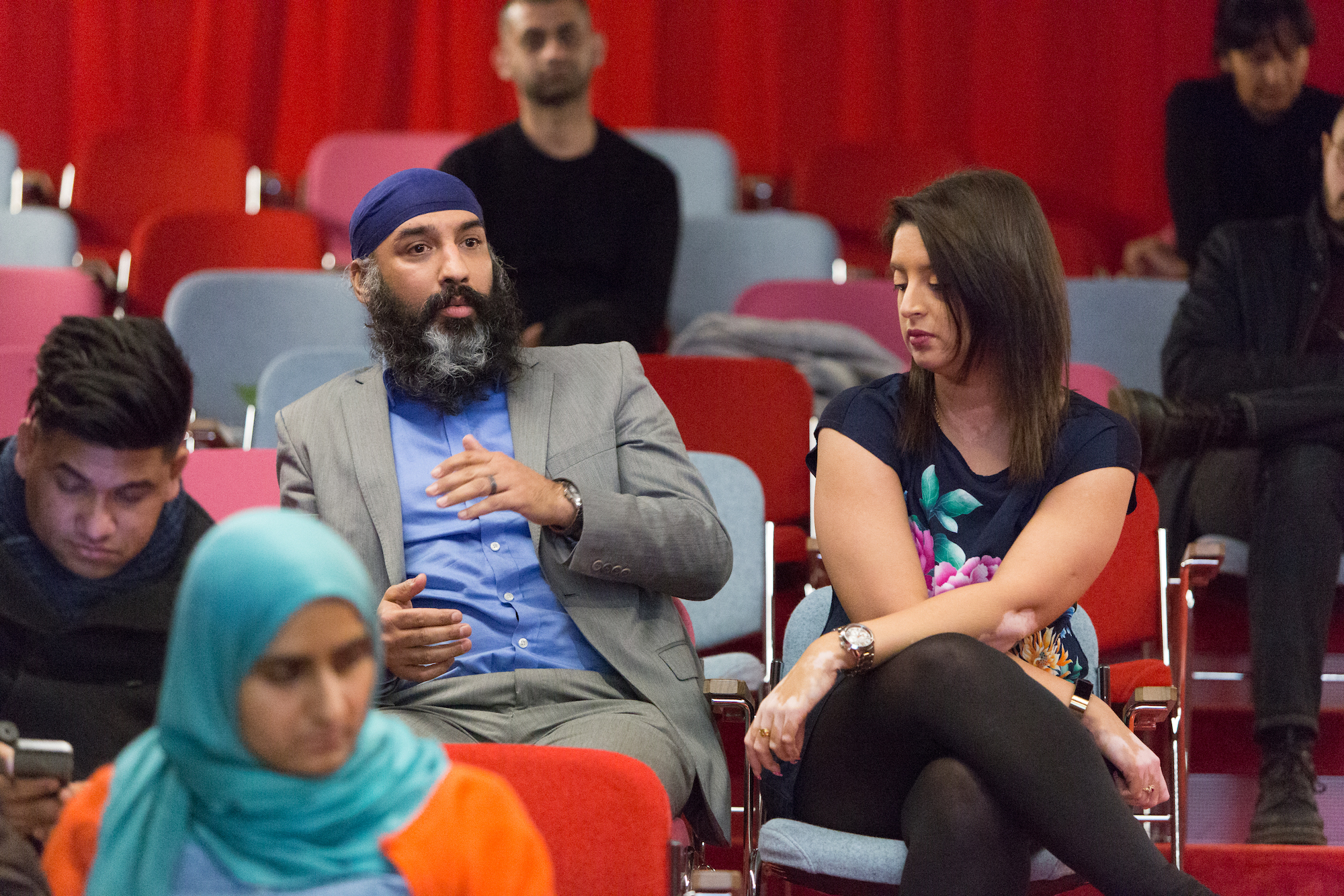
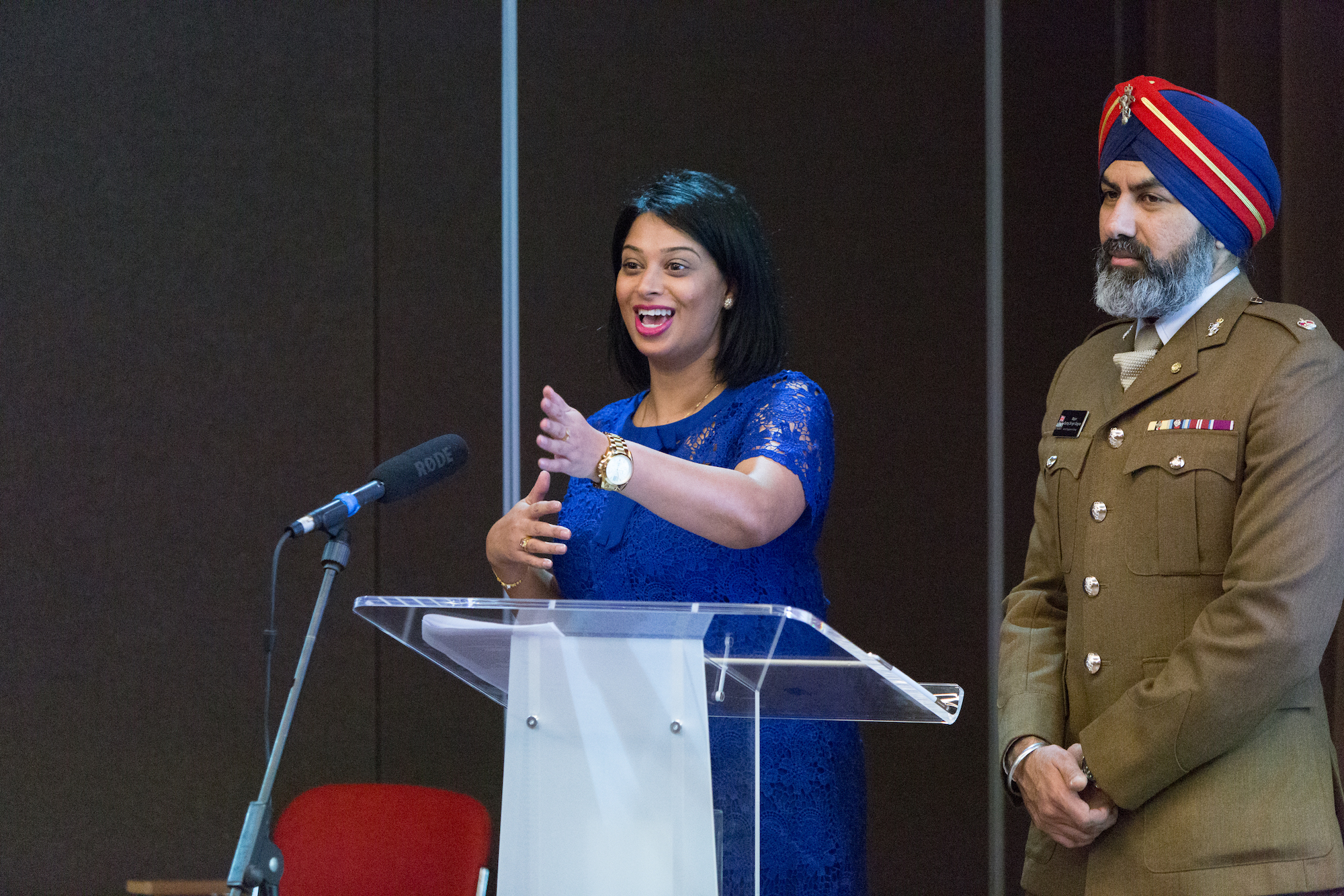
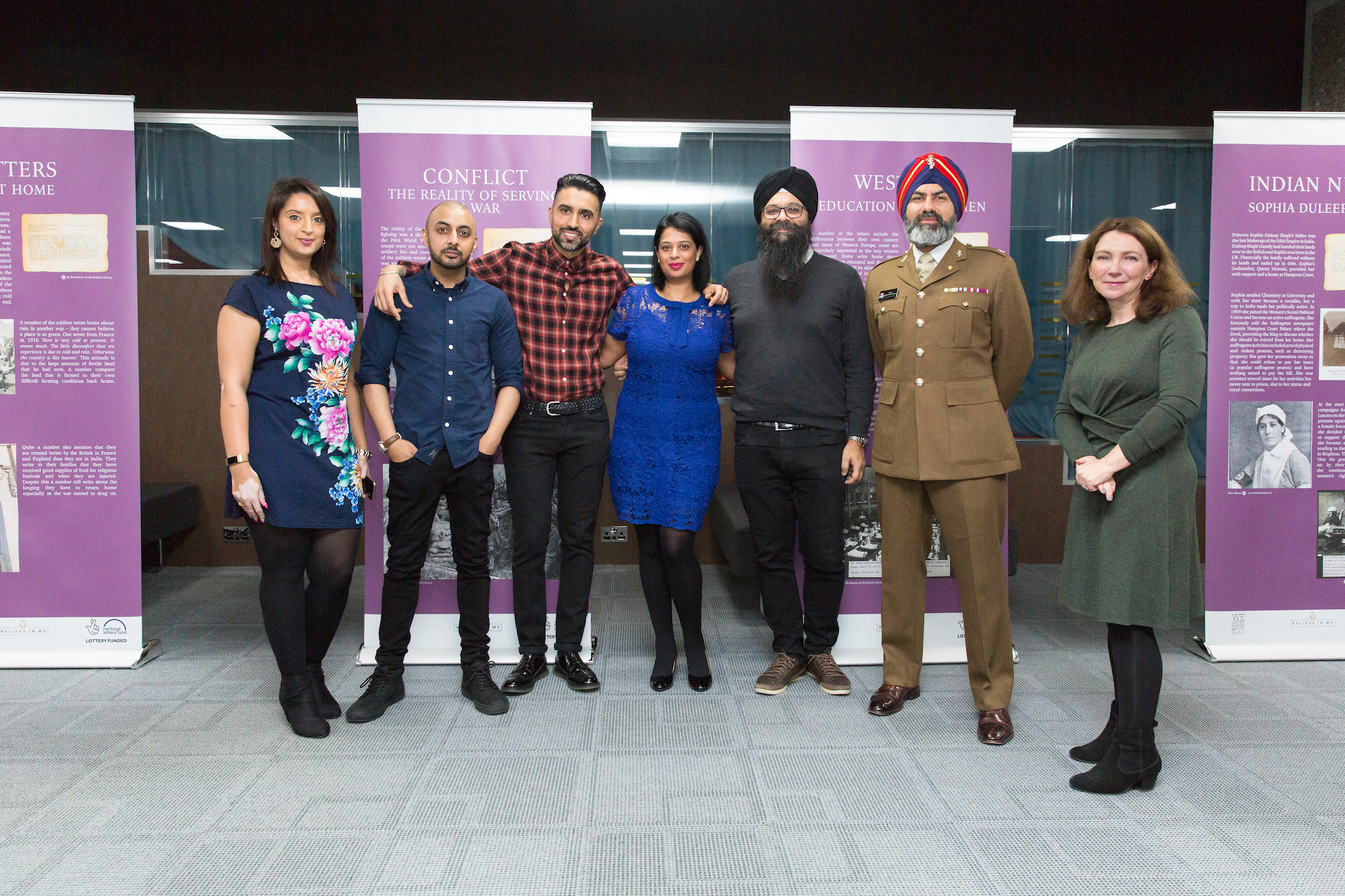
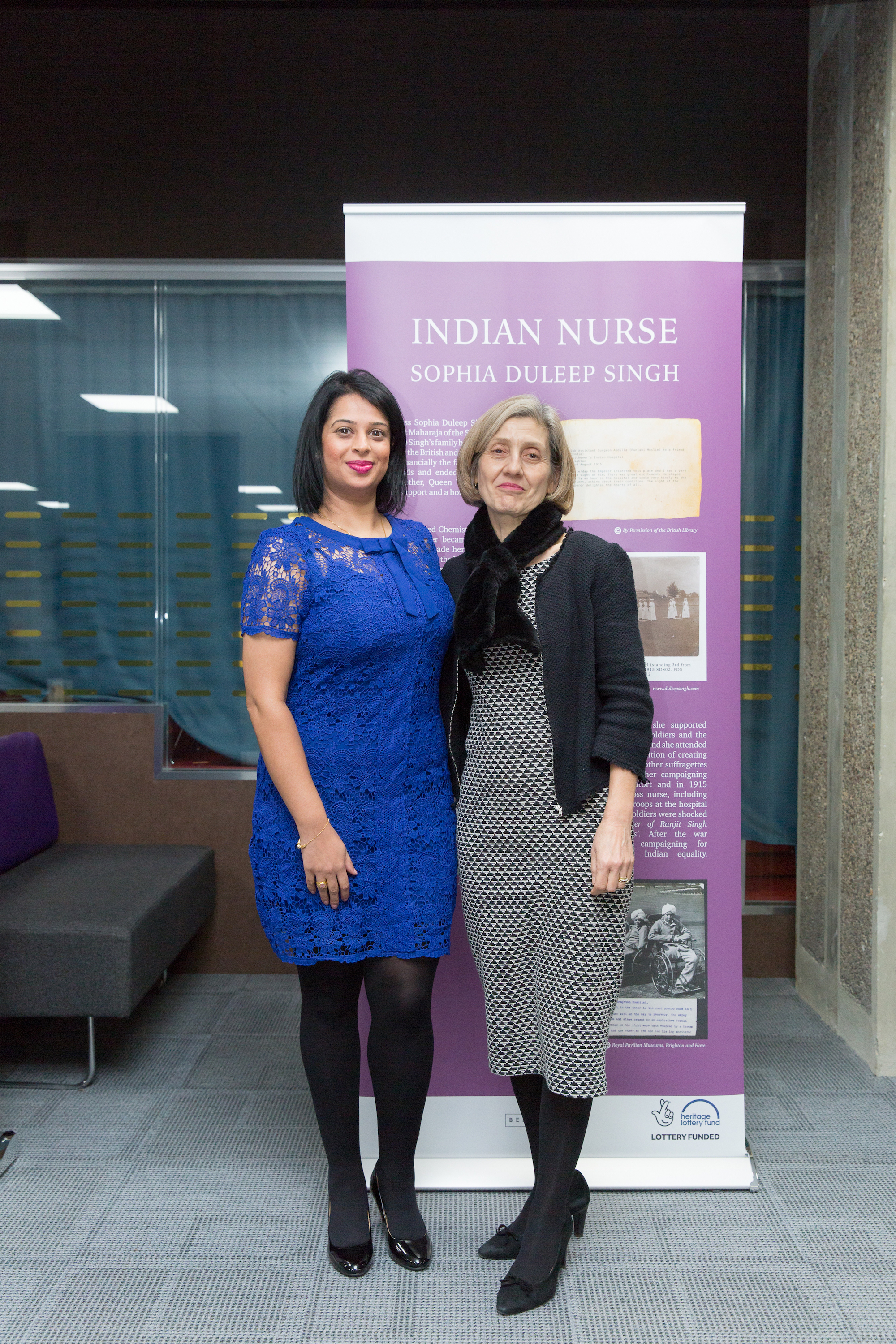
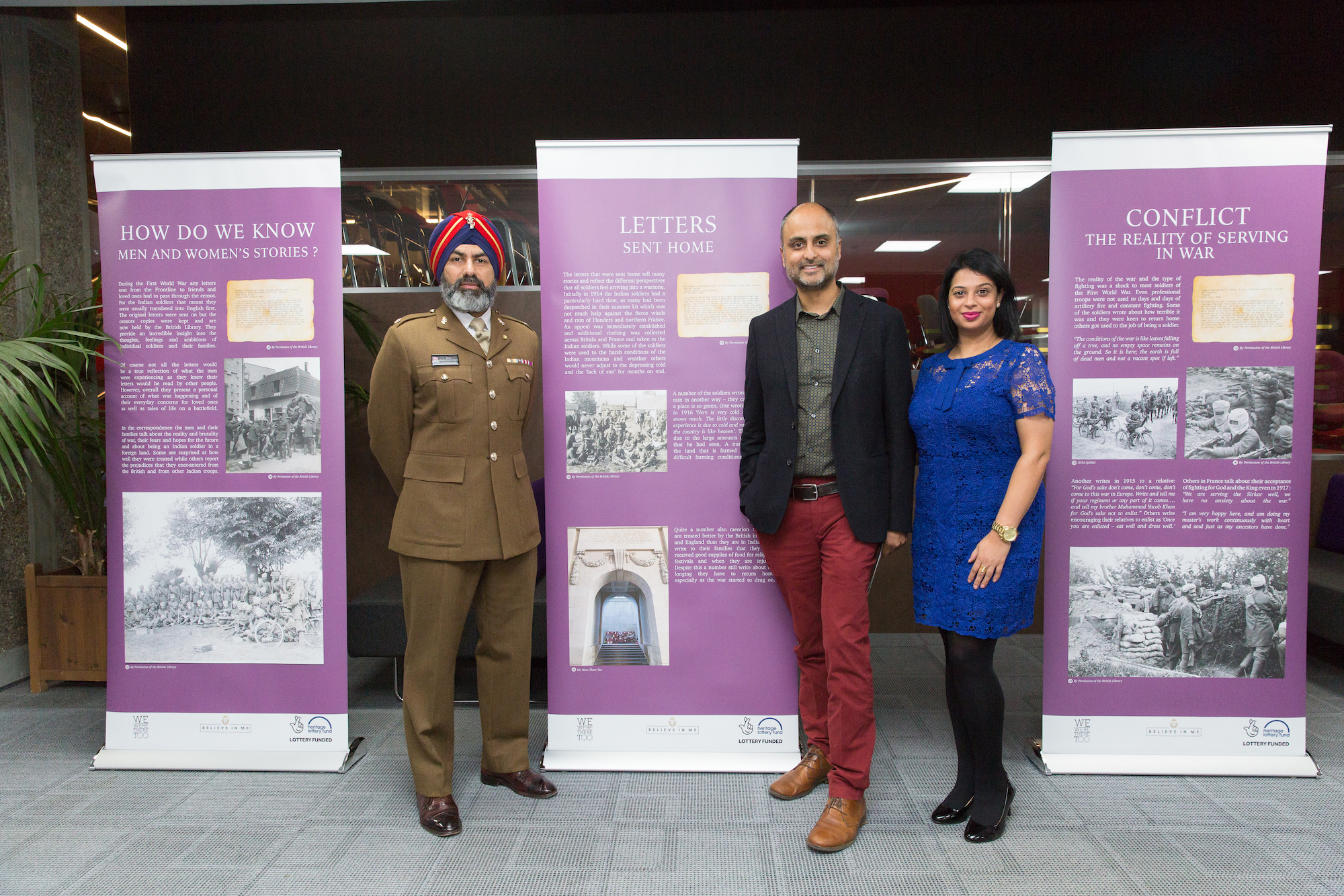
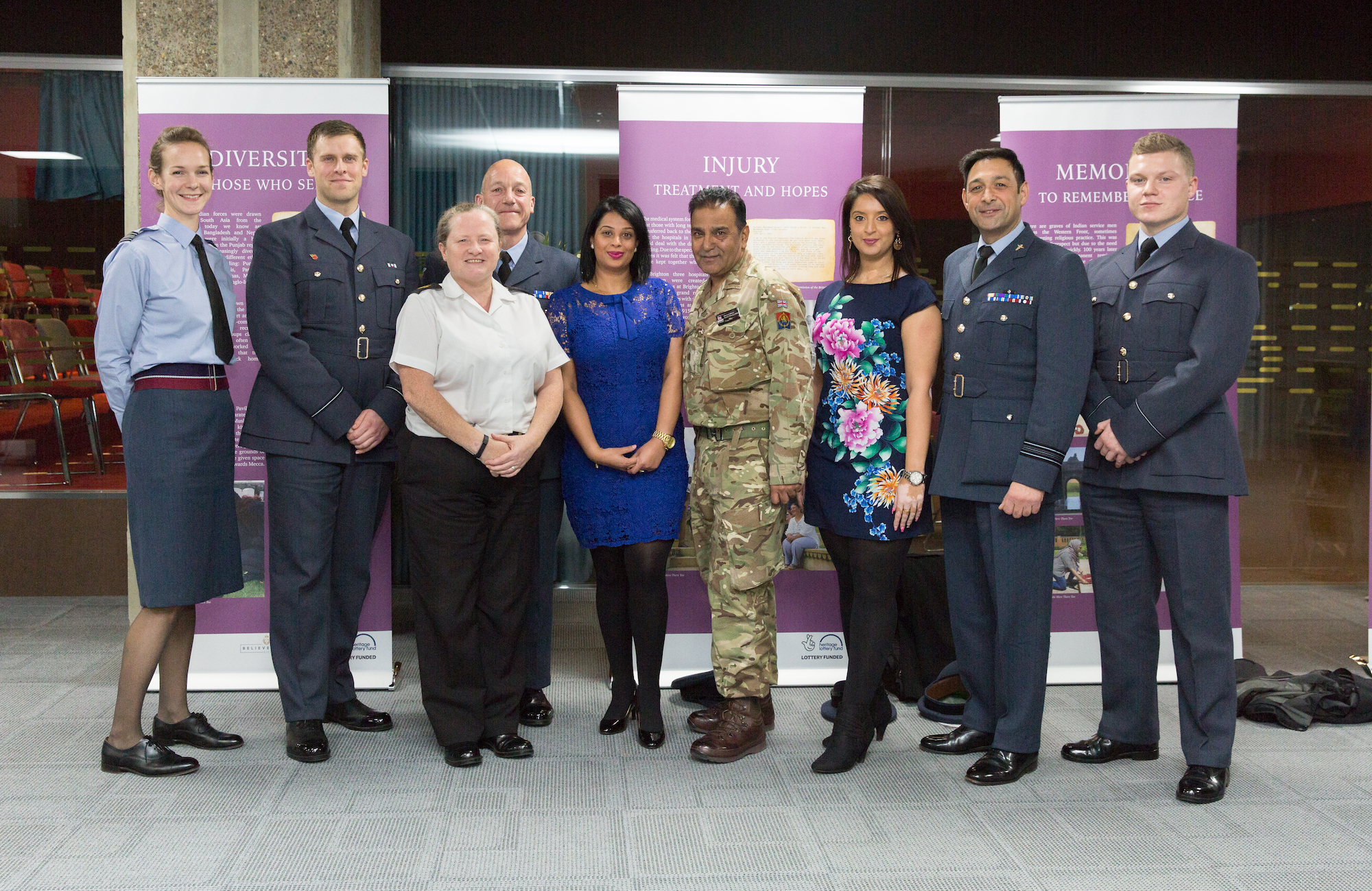
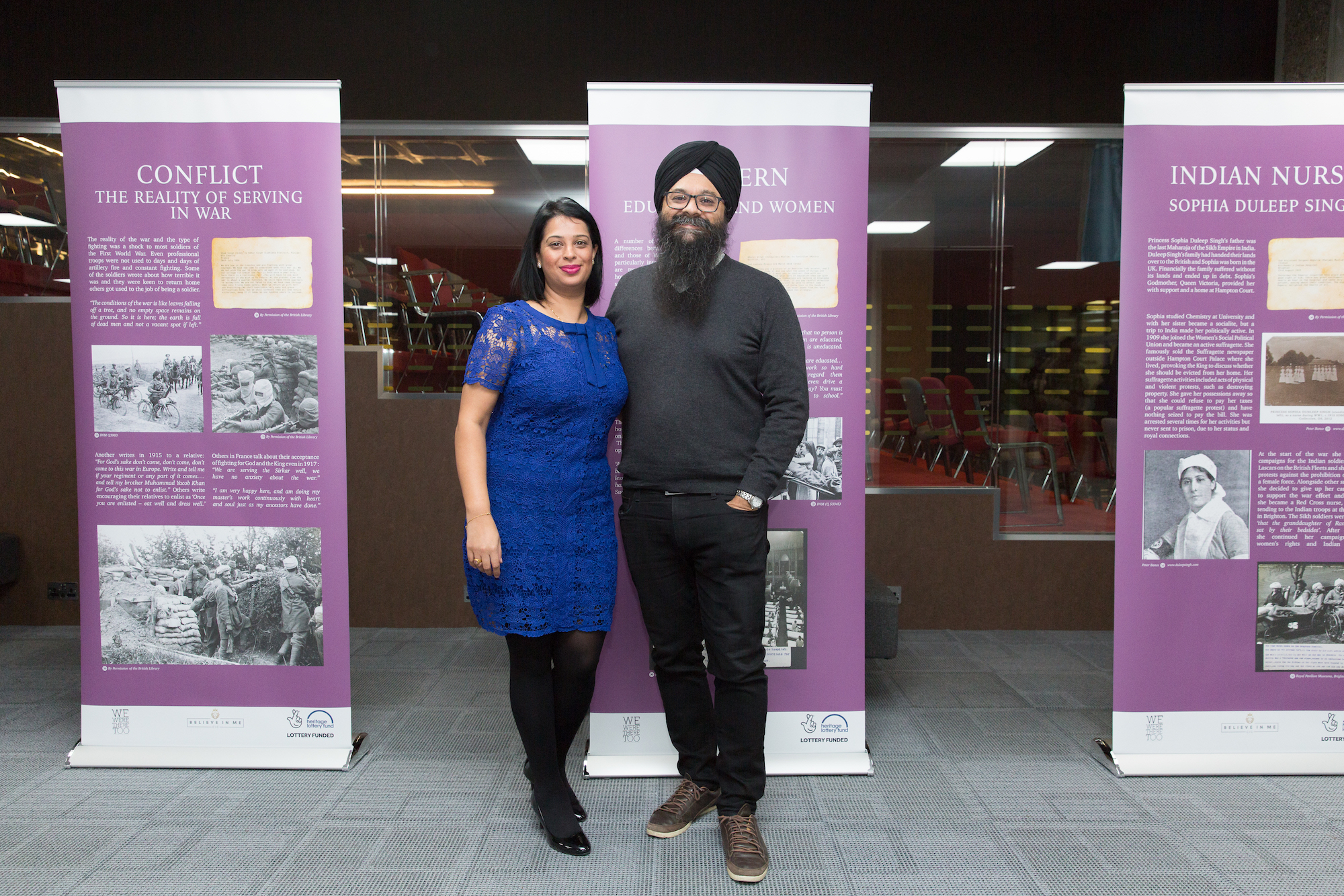
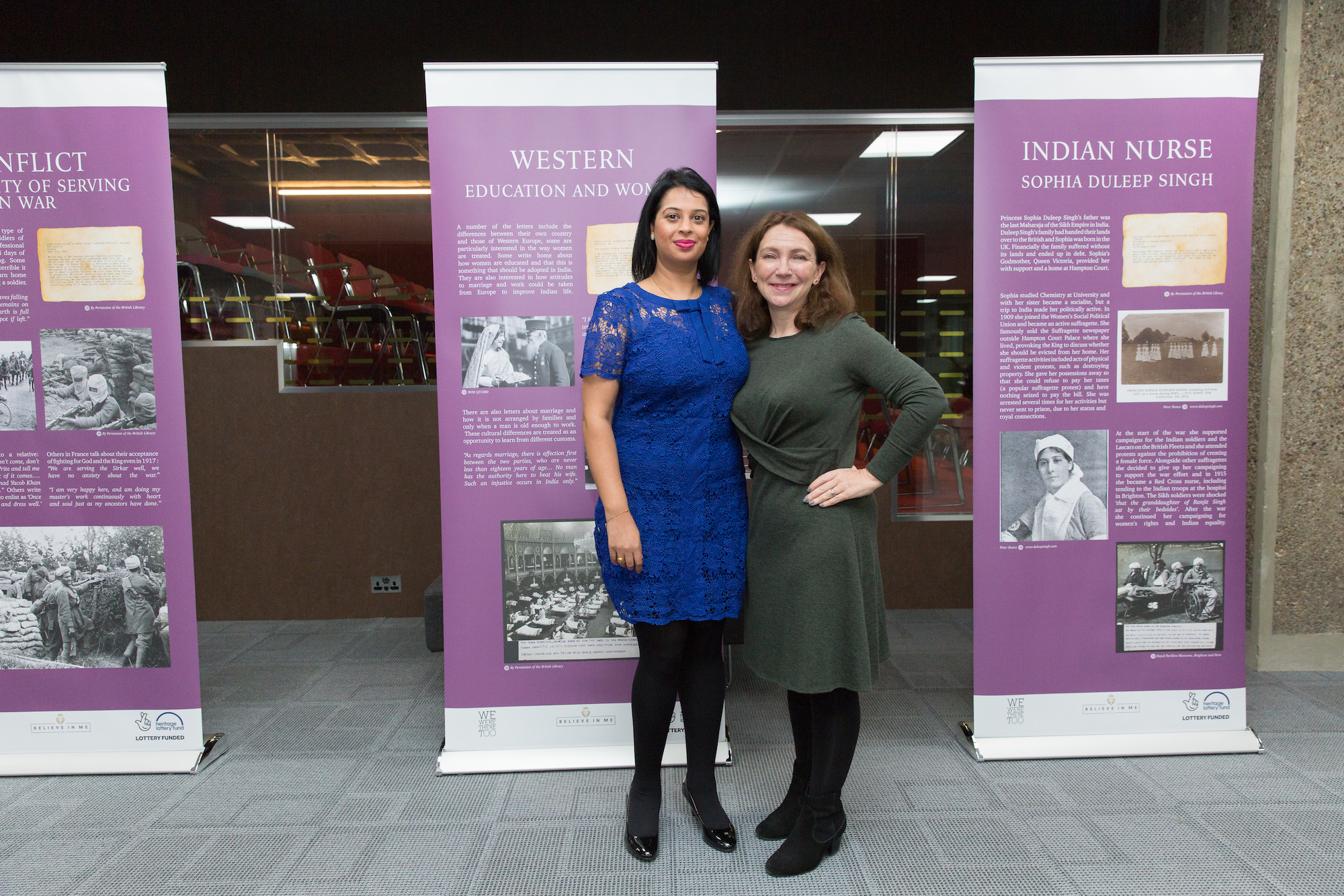
Photography by Raj Gedhu

